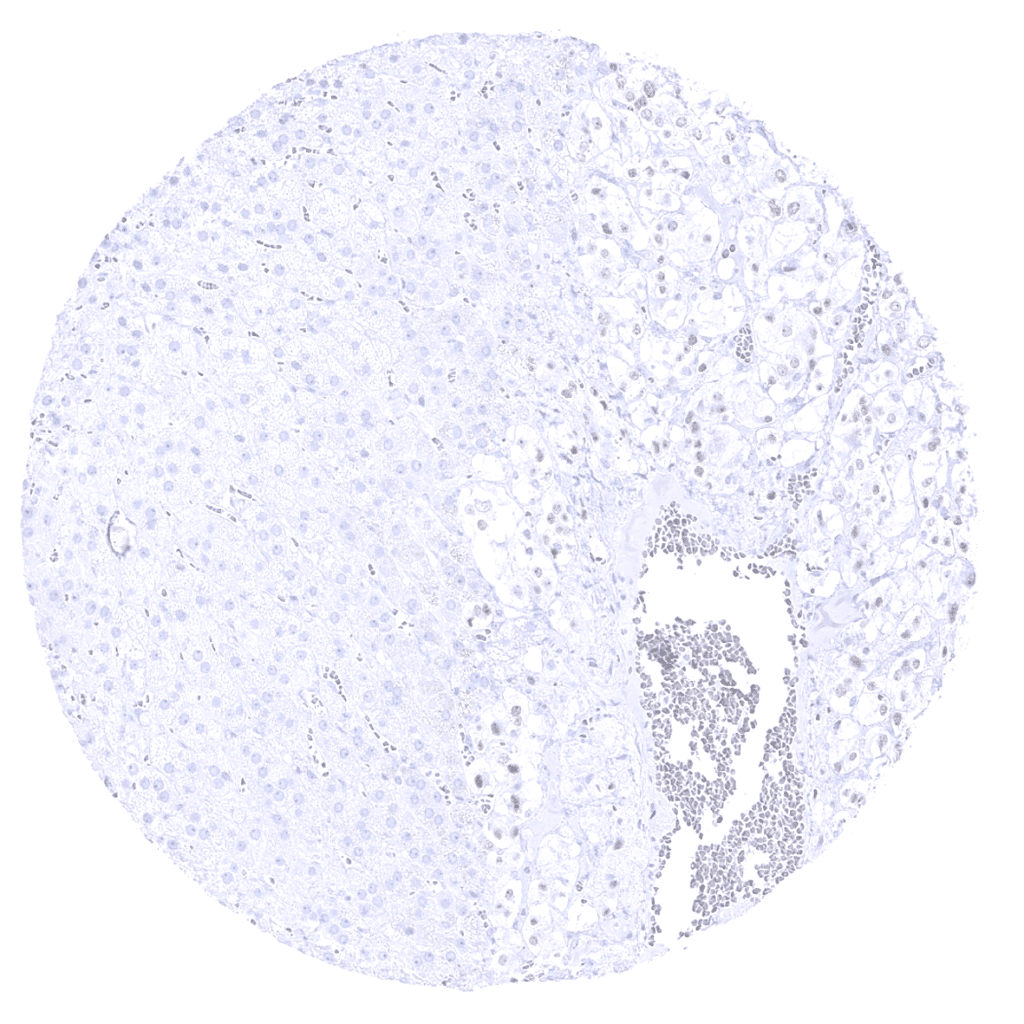
Adrenal gland

Aorta, media

Appendix, mucosa
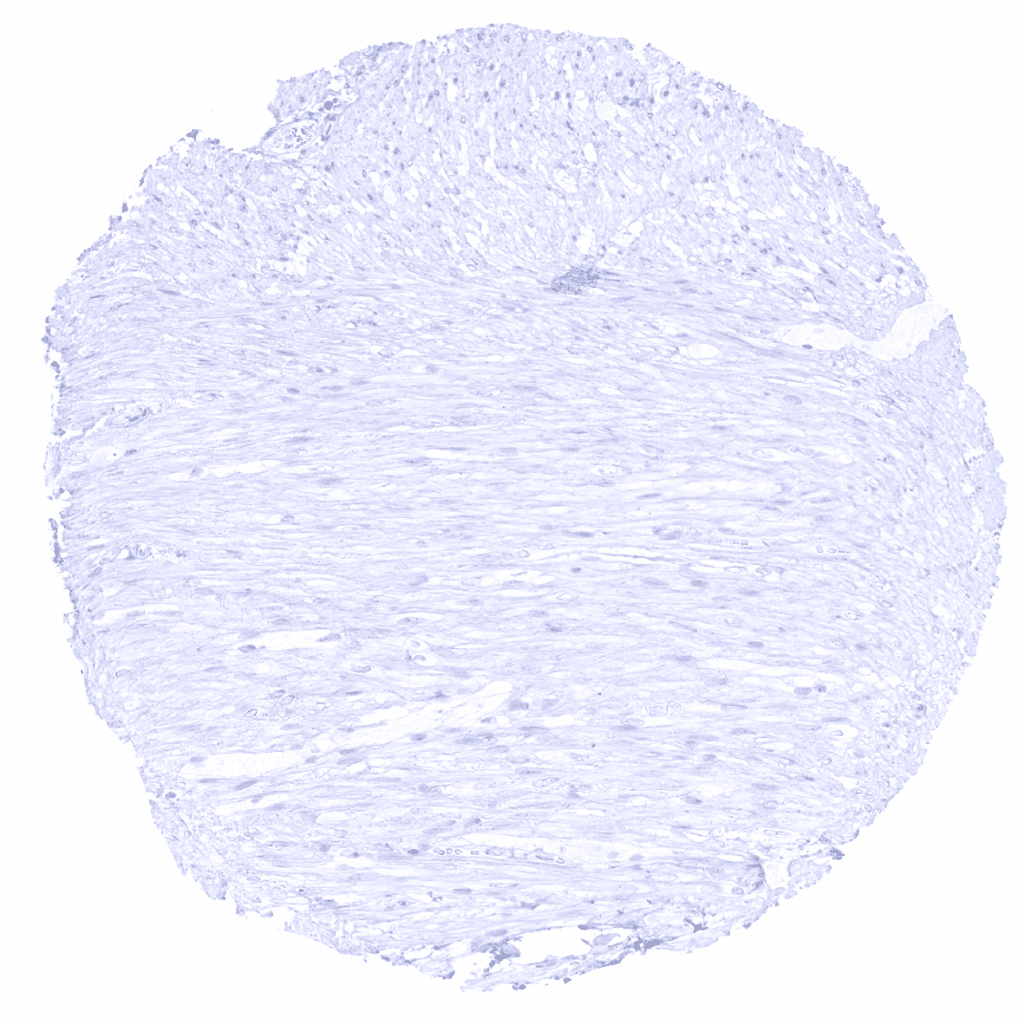
Appendix, muscular wall
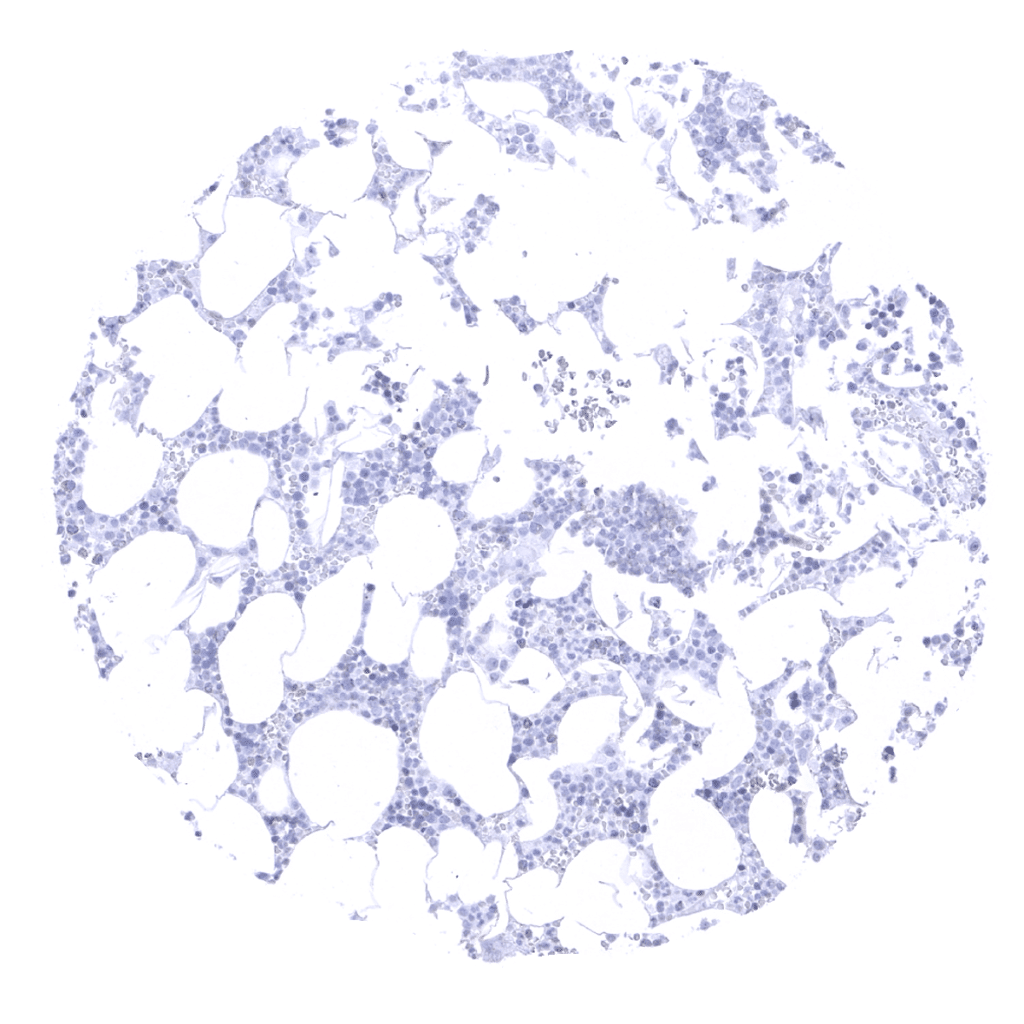
Bone marrow
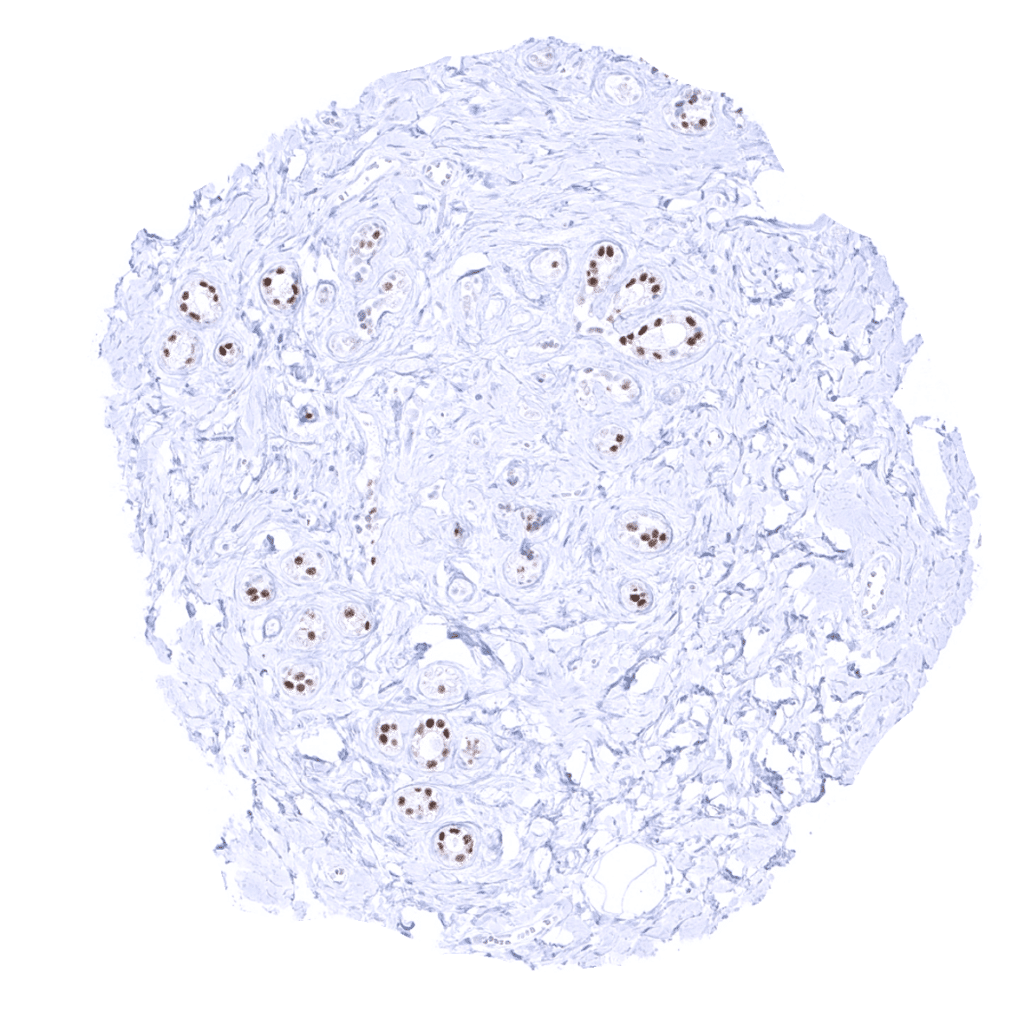
Breast
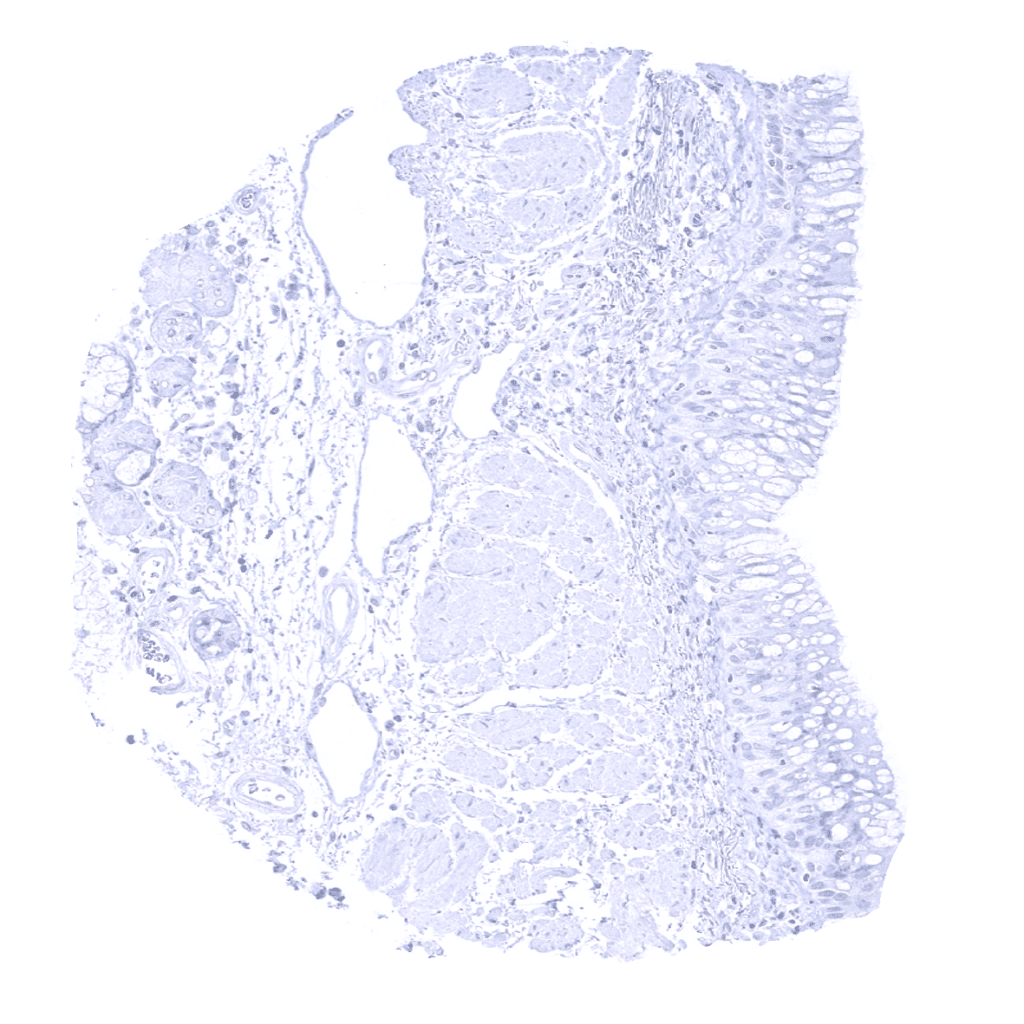
Bronchus, mucosa

Cerebellum (molecular, Purkinje and, granule cell layers; white matter)
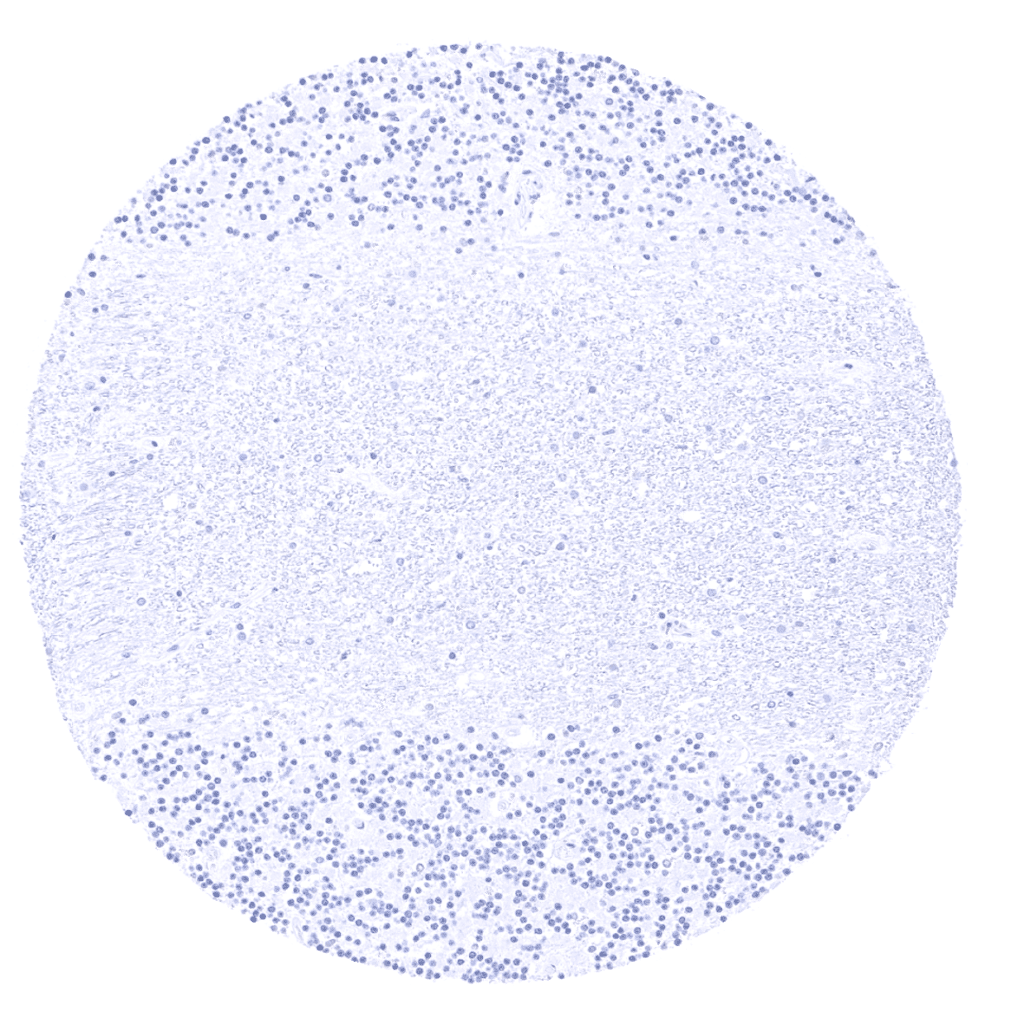
Cerebellum (granule cell layer; white matter)

Cerebrum, grey matter
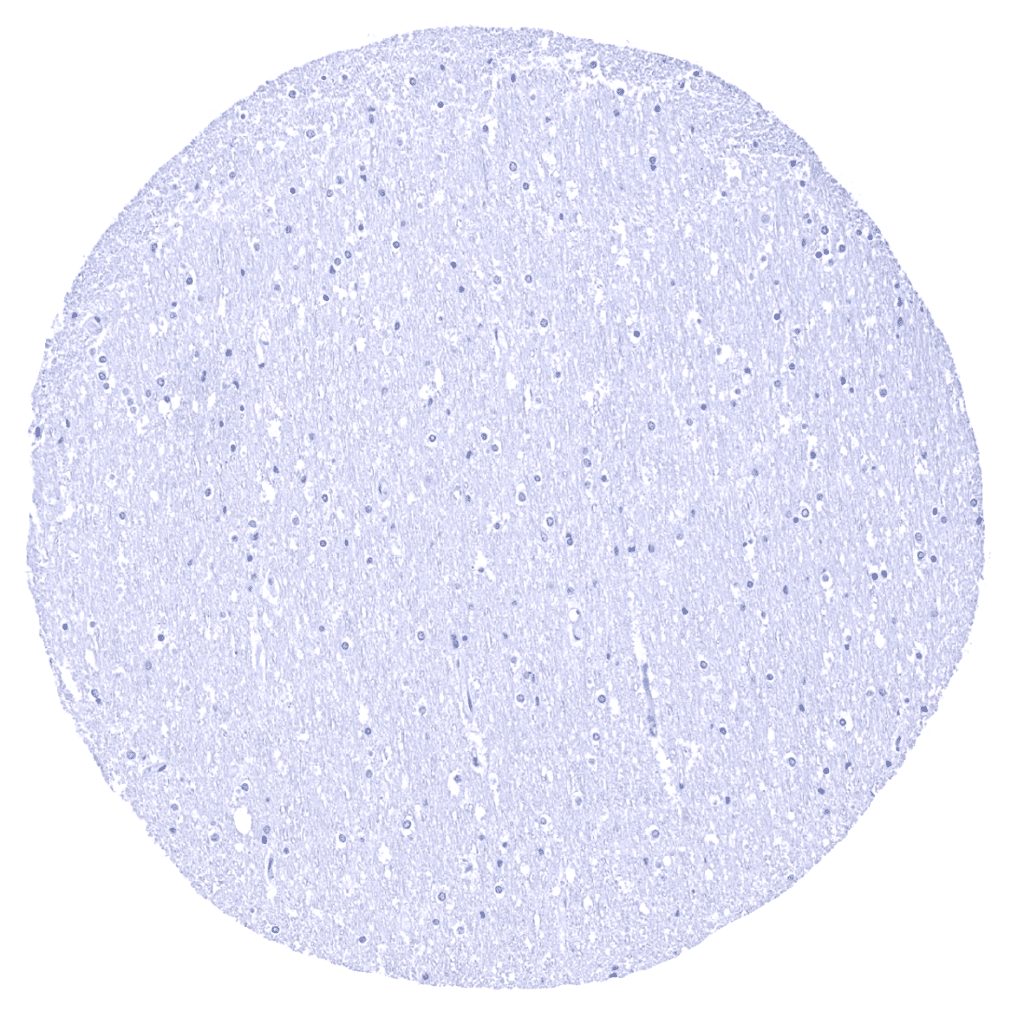
Cerebrum, white matter

Colon descendens, mucosa

Colon descendens, muscular wall
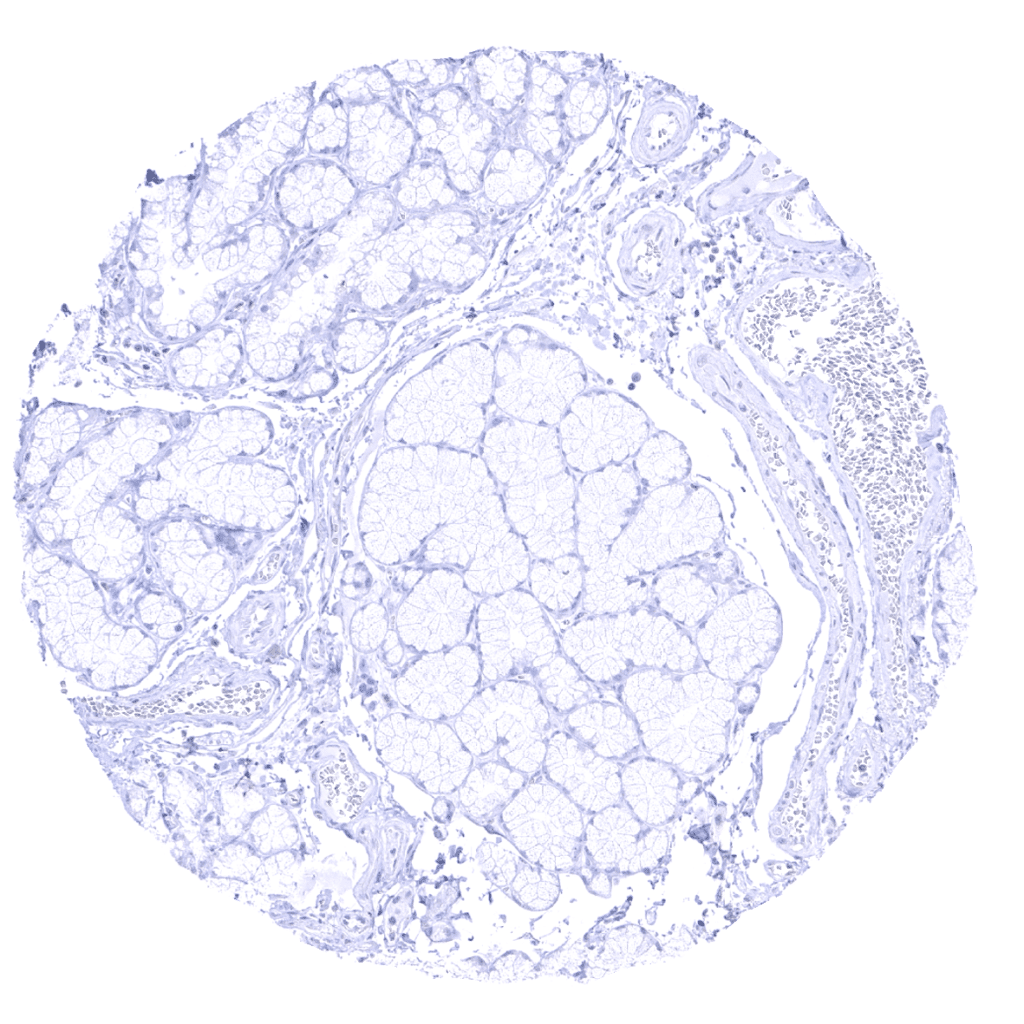
Duodenum, Brunner gland

Duodenum, mucosa

Endocervix

Endometrium, proliferation
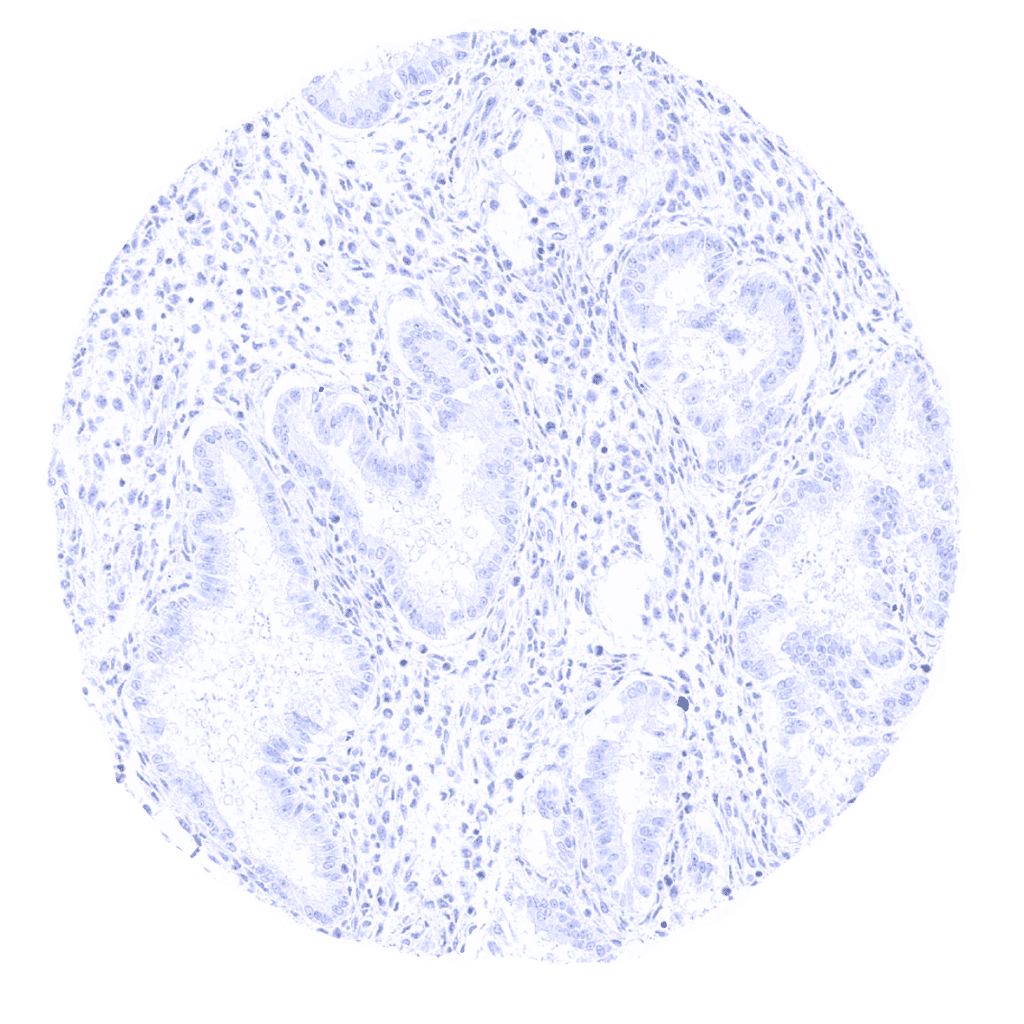
Endometrium, secretion
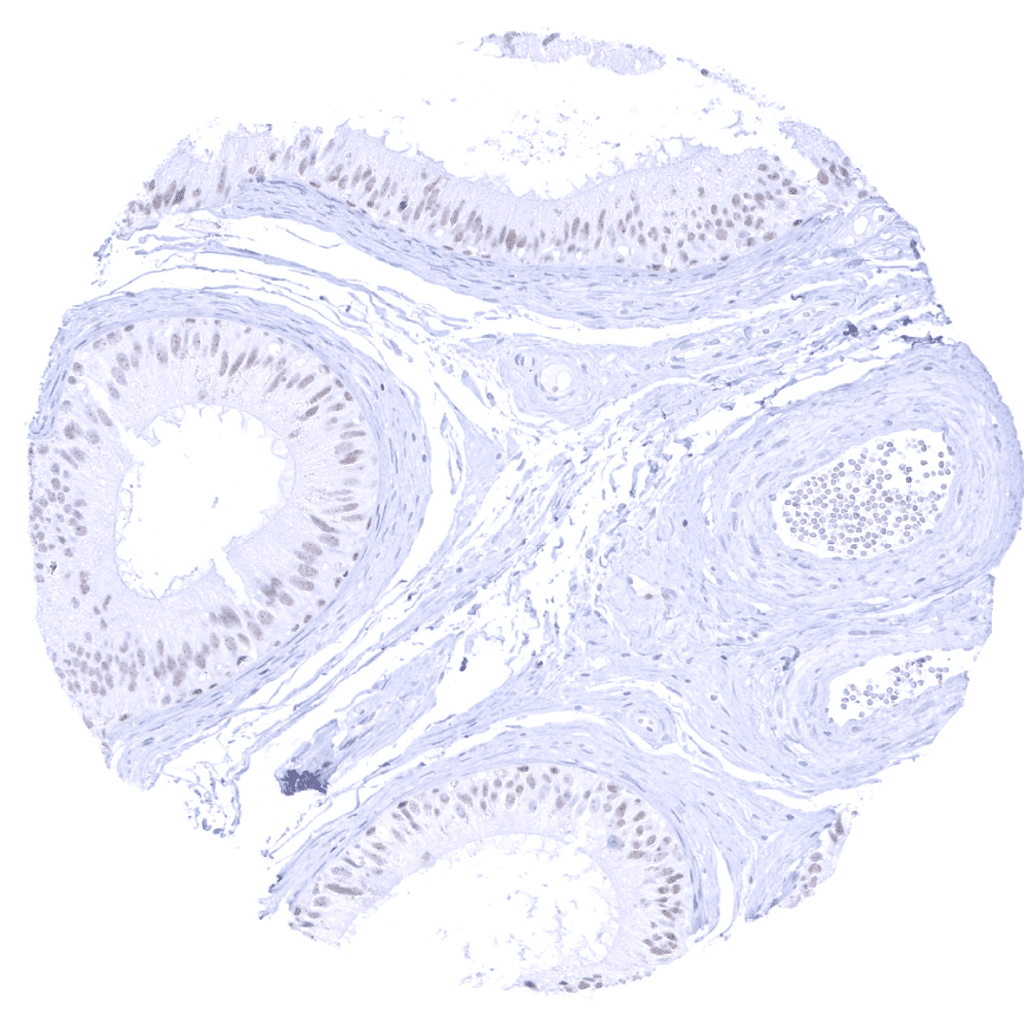
Epididymis - A weak to moderate GATA3 immunostaining is present in a fraction of tall columnar cells.
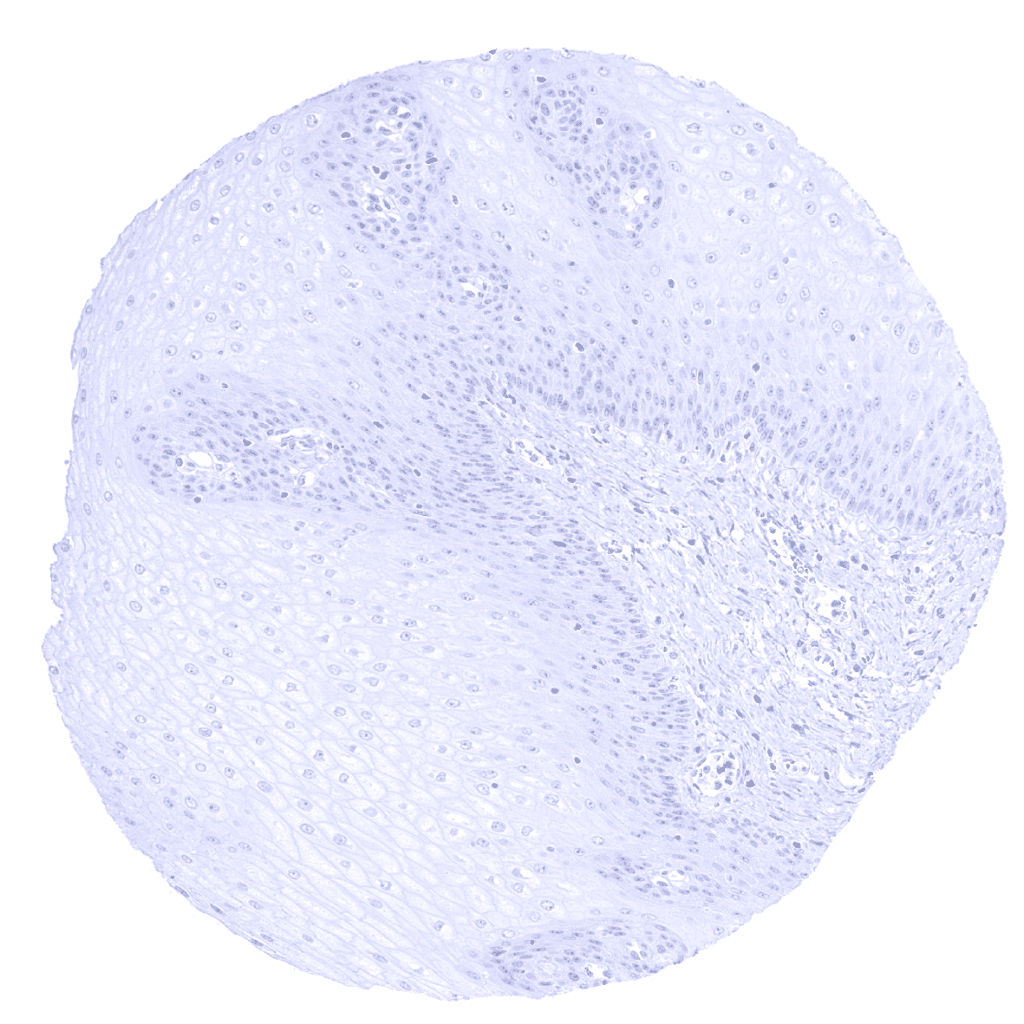
Esophagus, squamous epithelium - Non-keratinizing squamous epithelia lack GATA3 immunostaining.

Fallopian tube, mucosa

Fat

Gallbladder, epithelium

Heart
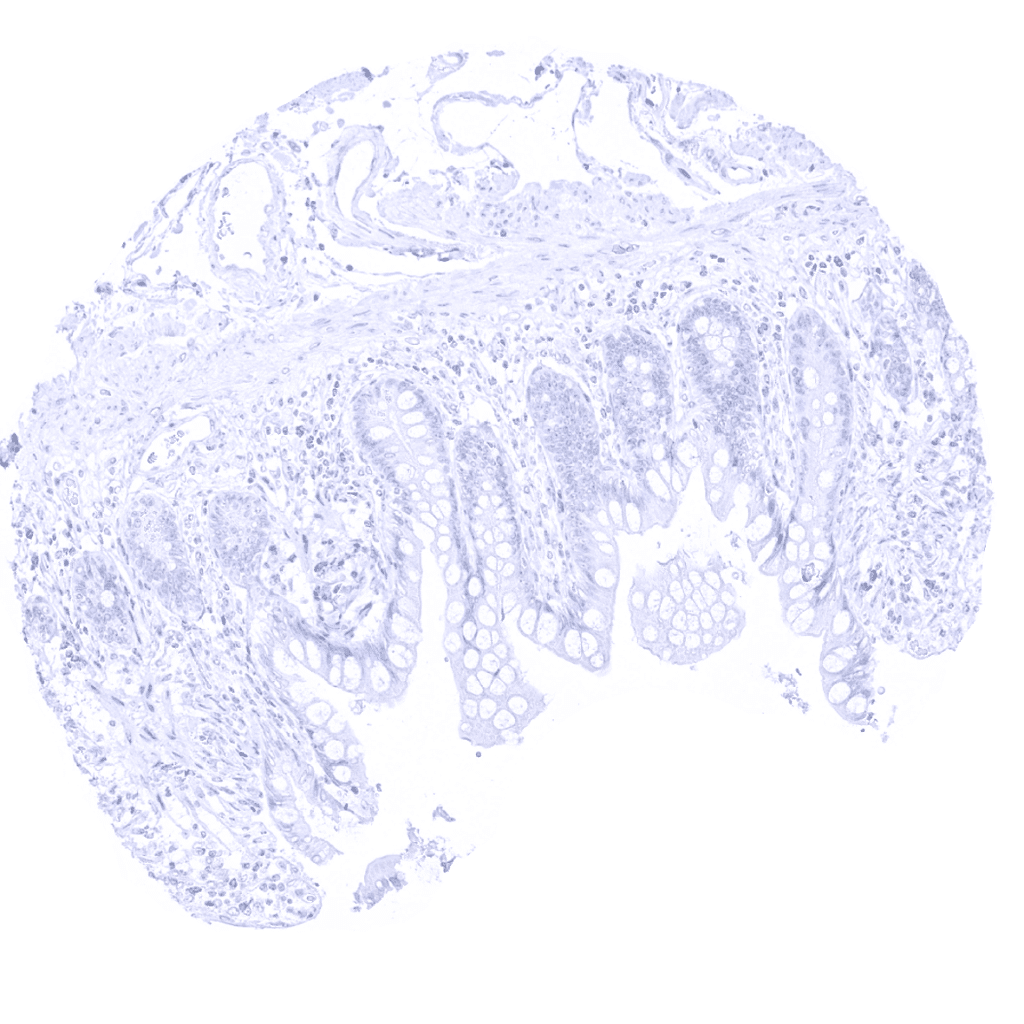
Ileum, mucosa

Kidney, cortex - A moderate to strong GATA3 positivity occurs in podocytes and in collecting ducts.

Kidney, medulla - A moderate to strong GATA3 positivity is seen in collecting ducts.
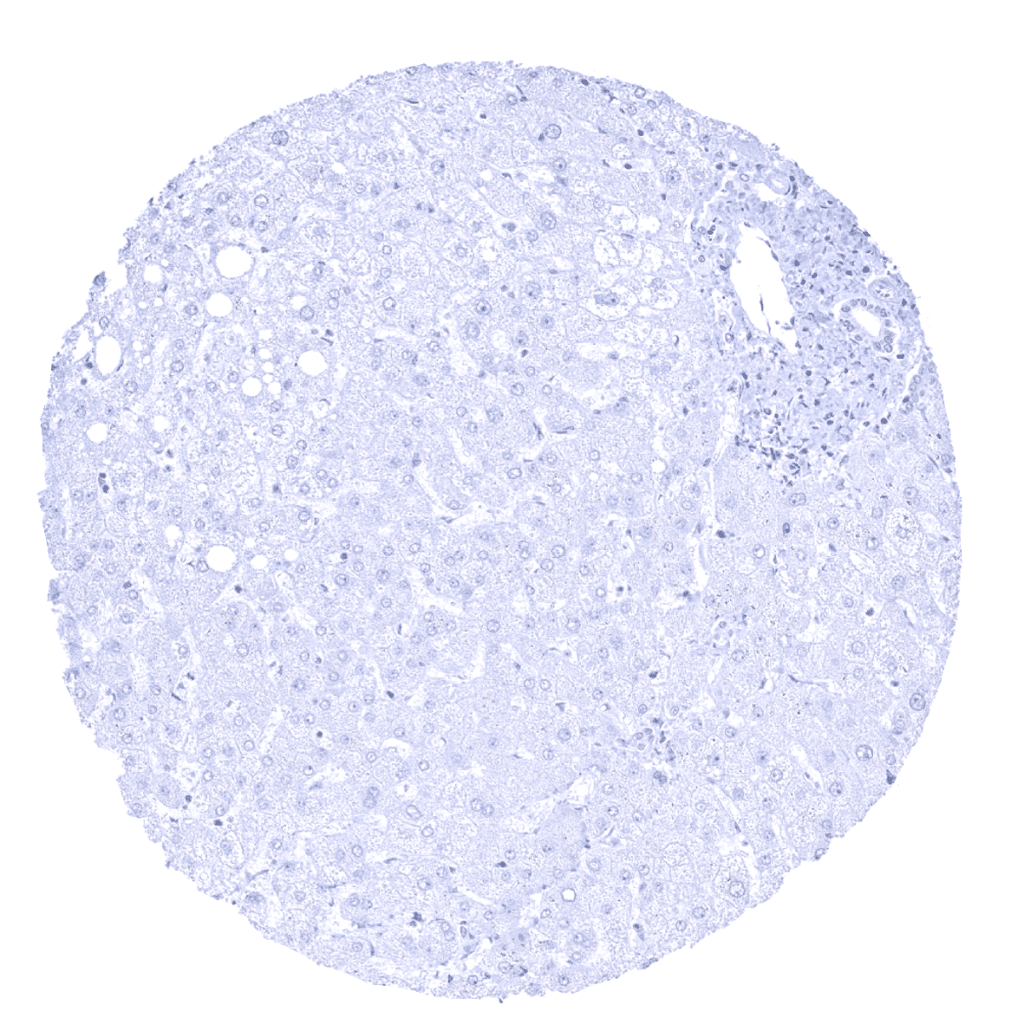
Liver
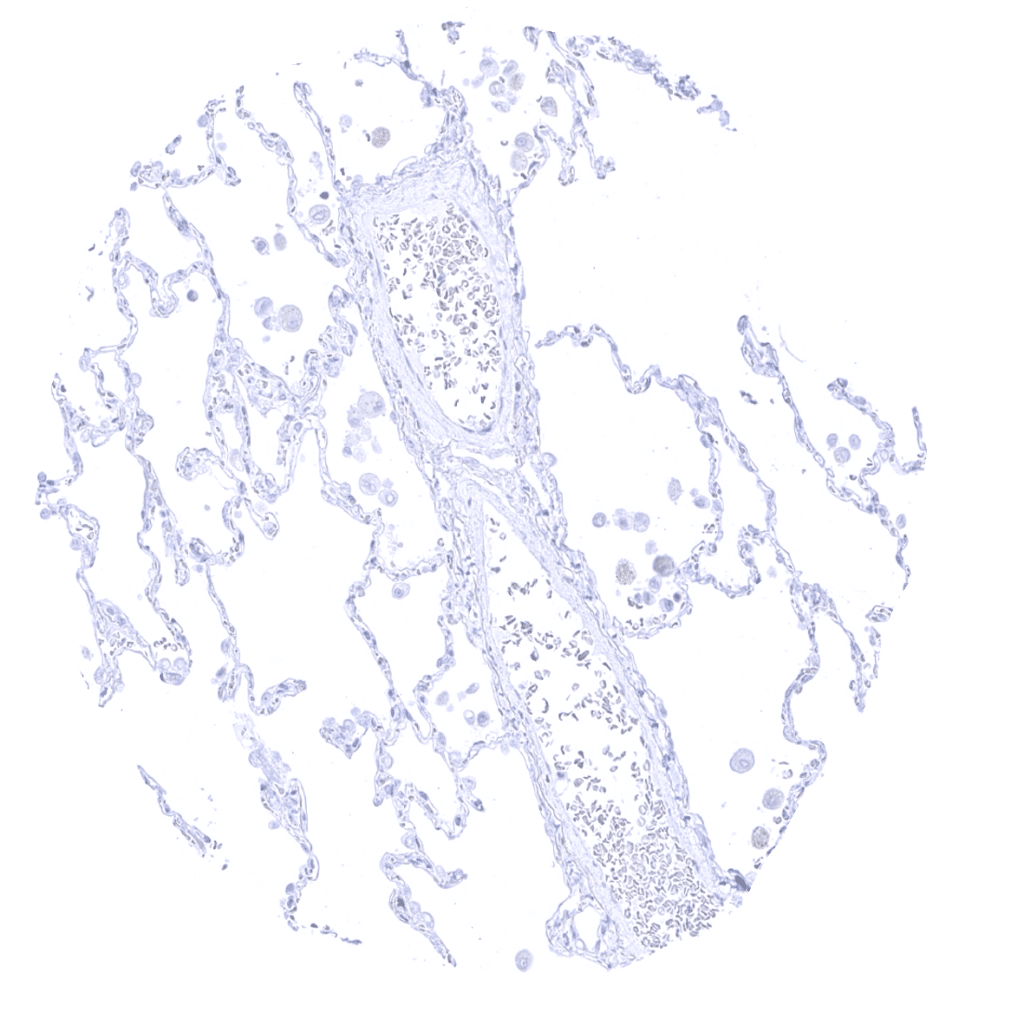
Lung
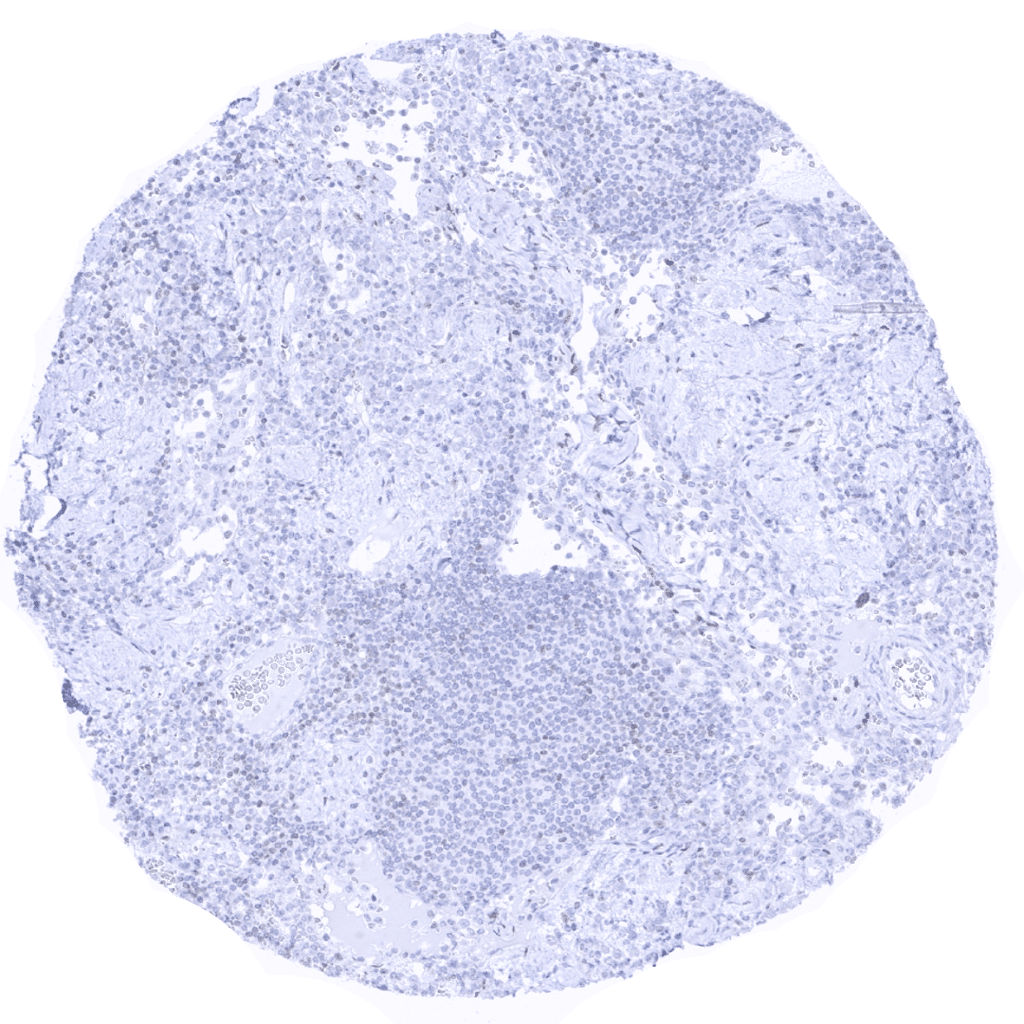
Lymph node
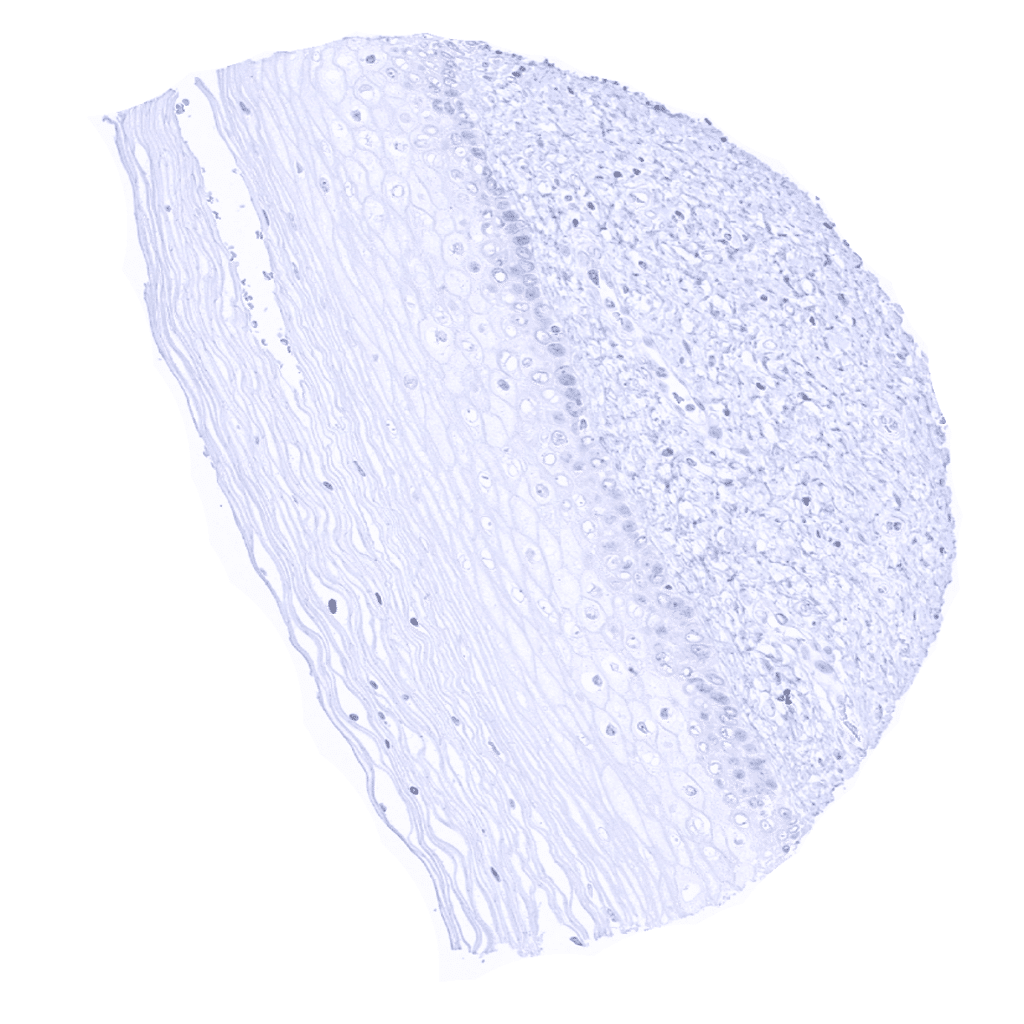
Ectocervix - Non-keratinizing squamous epithelia lack GATA3 immunostaining.
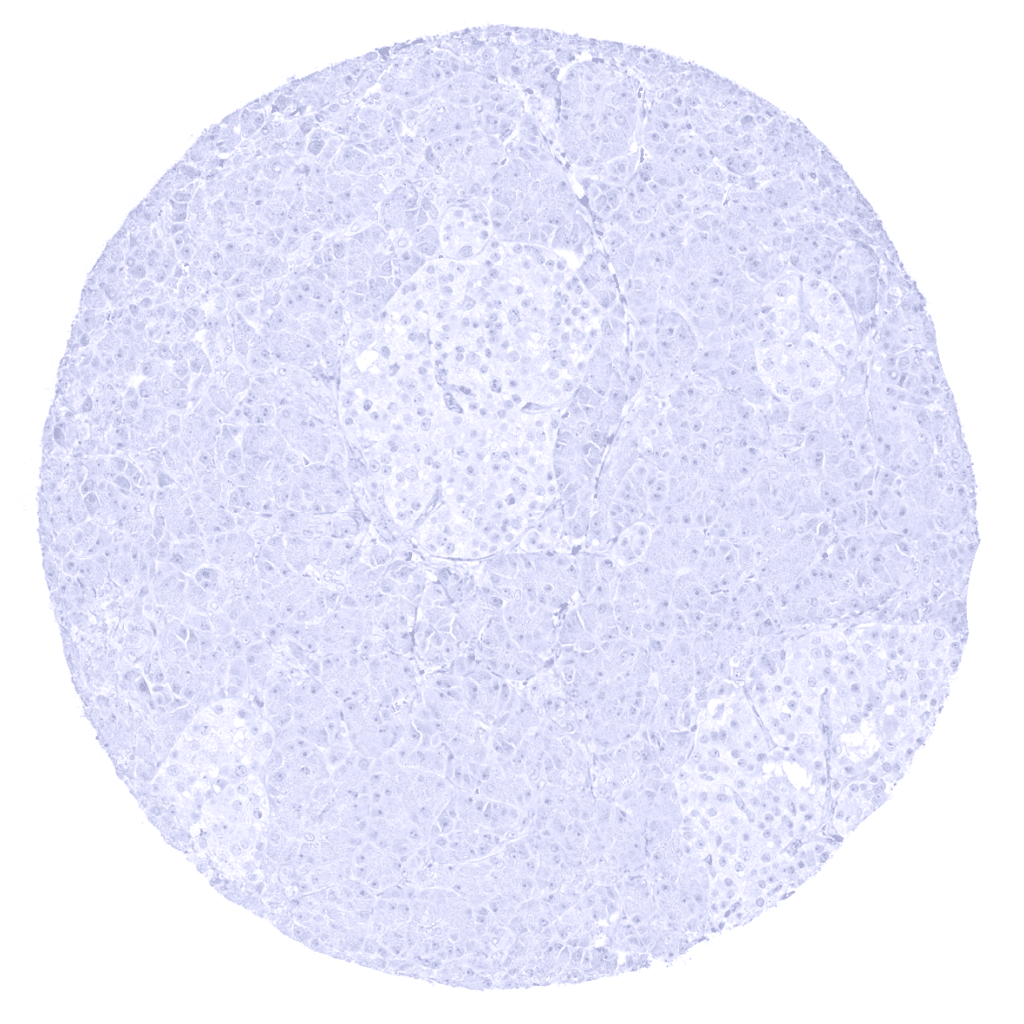
Pancreas
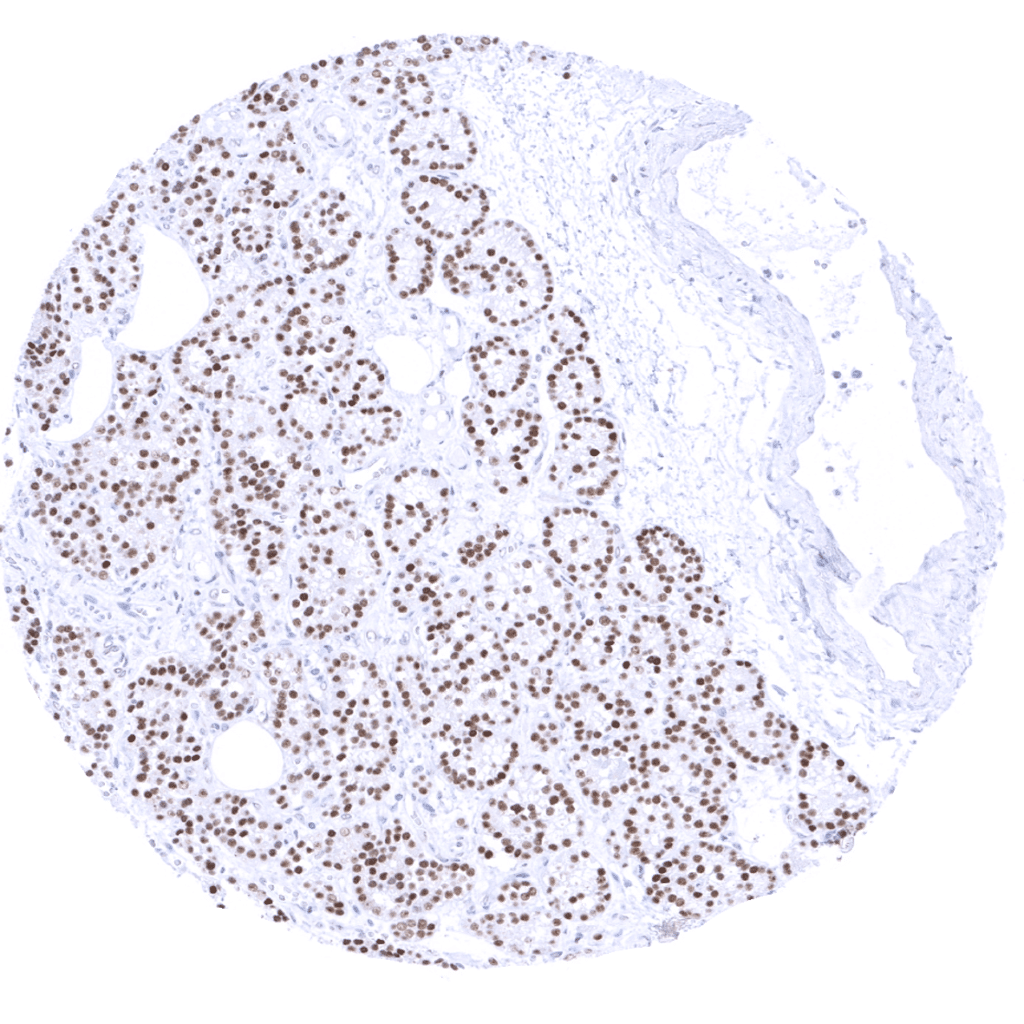
Parathyroid - Glandular cells show a strong GATA3 positivity.
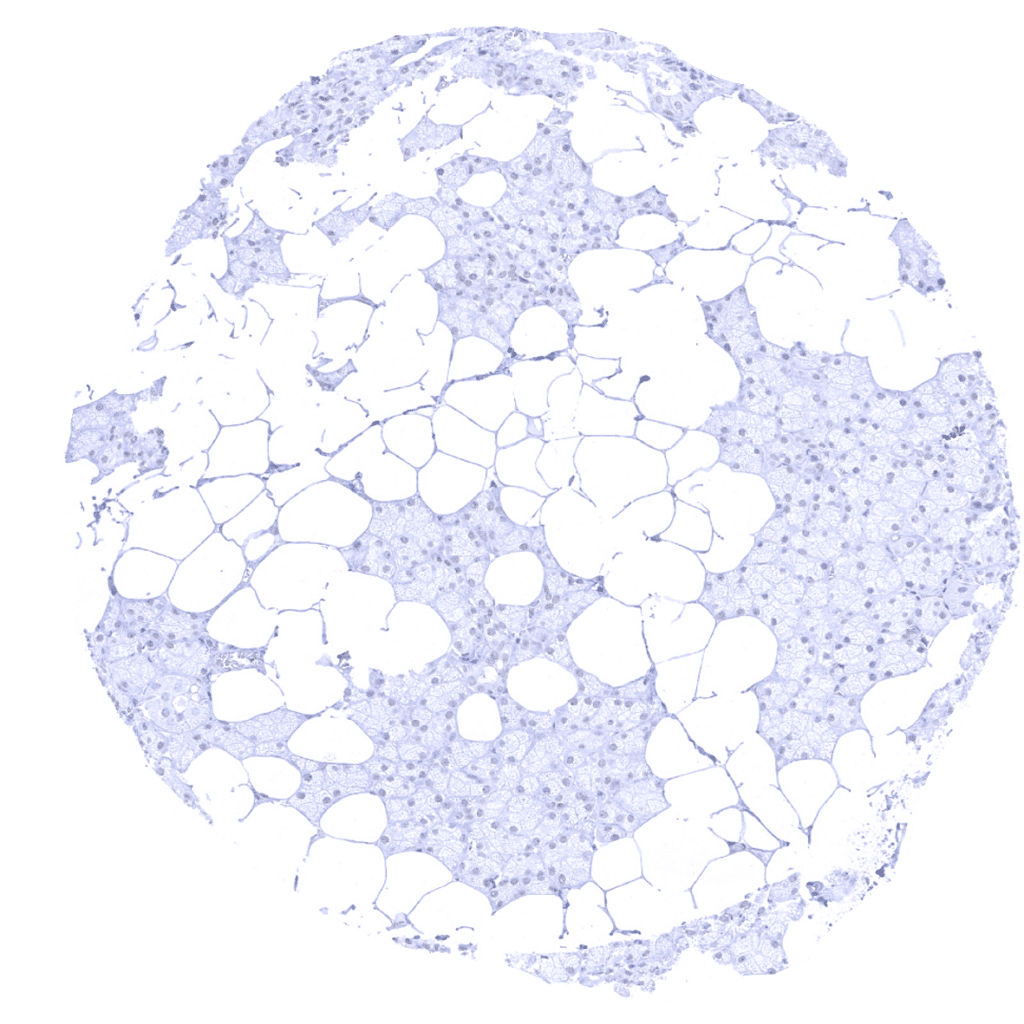
Parotid gland
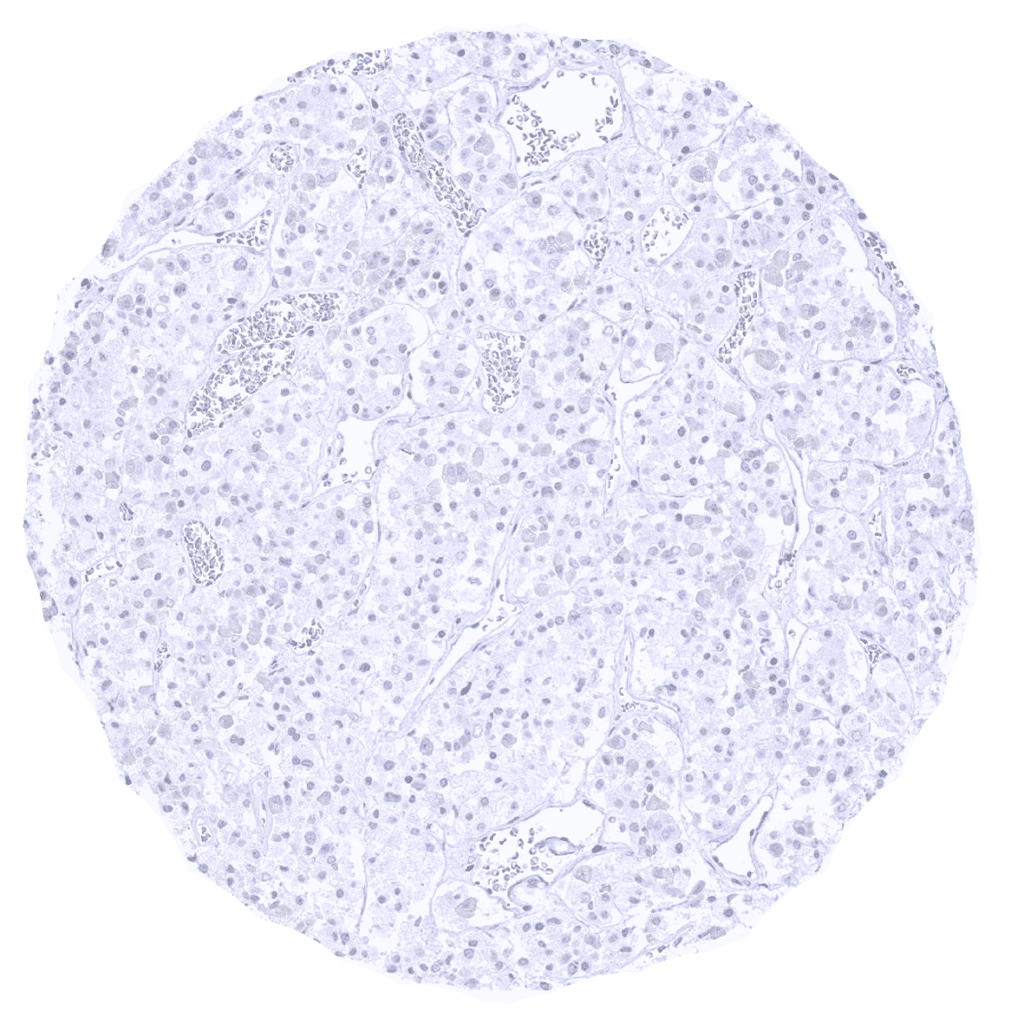
Pituitary gland, anterior lobe
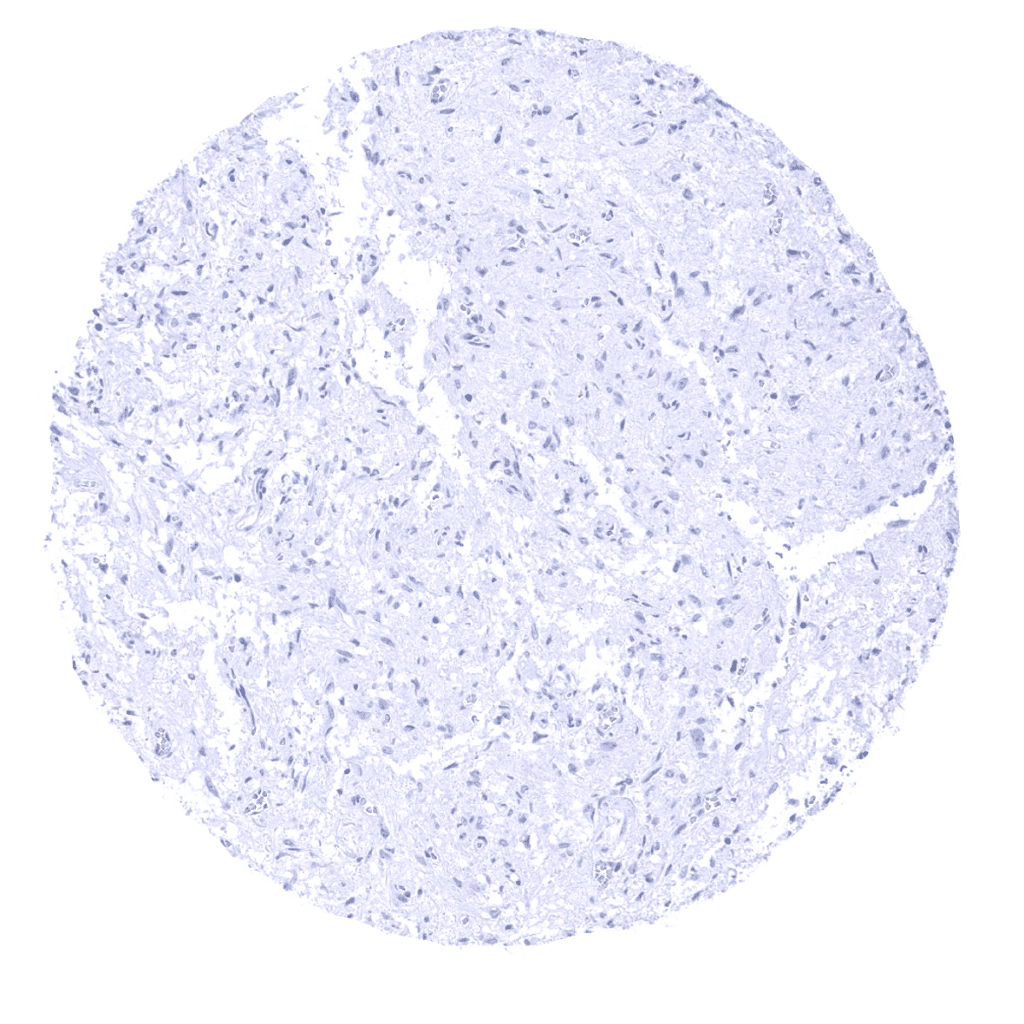
Pituitary gland, posterior lobe

Pregnant uterus (decidua)

Placenta, early - A strong GATA3 positivity is seen trophoblast cells. Staining is strongest in the first trimenon.

Placenta, mature - GATA3 positivity is seen trophoblast cells. Staining intensity decreases during maturation.

Placenta (amnion and chorion) - A strong GATA3 immunostaining is seen chorion cells. Amnion cells stain weakly.
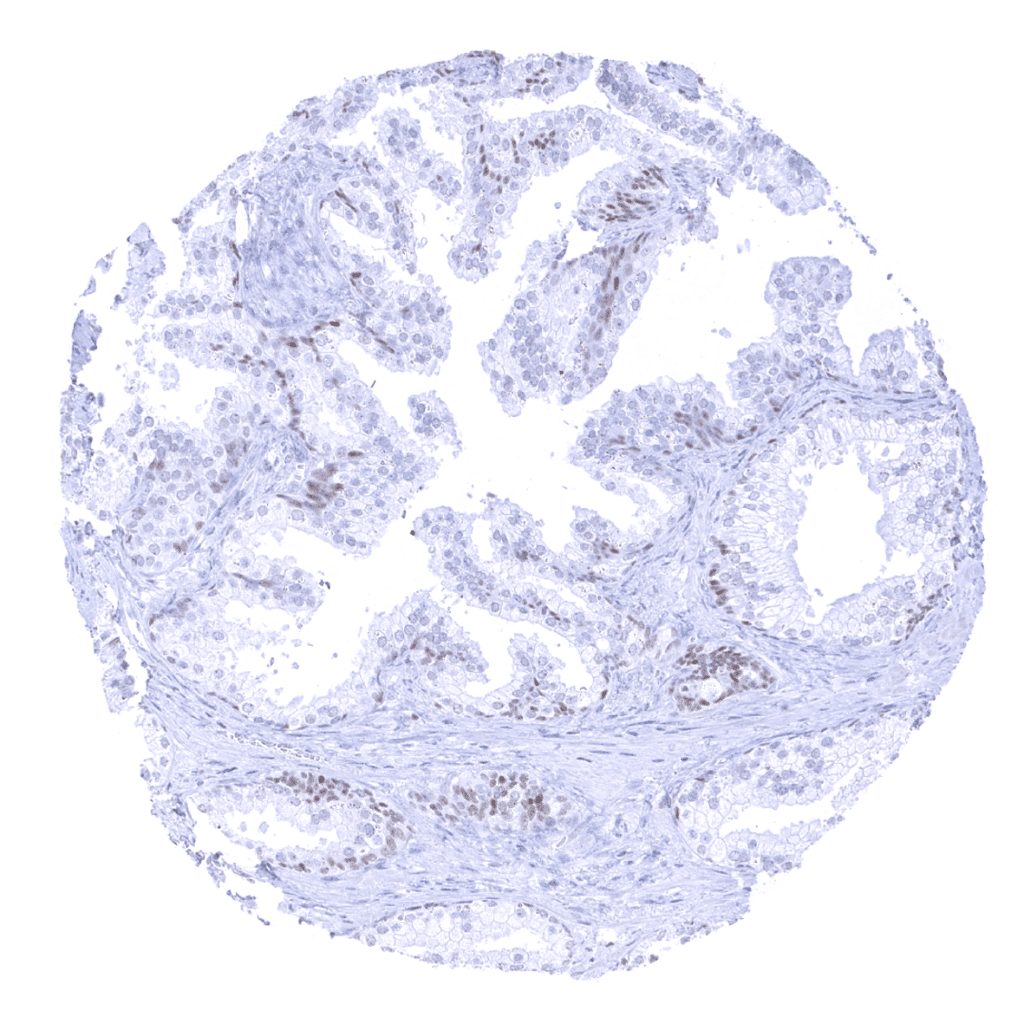
Prostate - In the prostate, a weak to moderate GATA3 staining occurs in basal cells.

Rectum, mucosa

Seminal vesicle - Seminal vesicle epithelium exhibits a moderate to strong GATA3 positivity.

Sinus paranasales
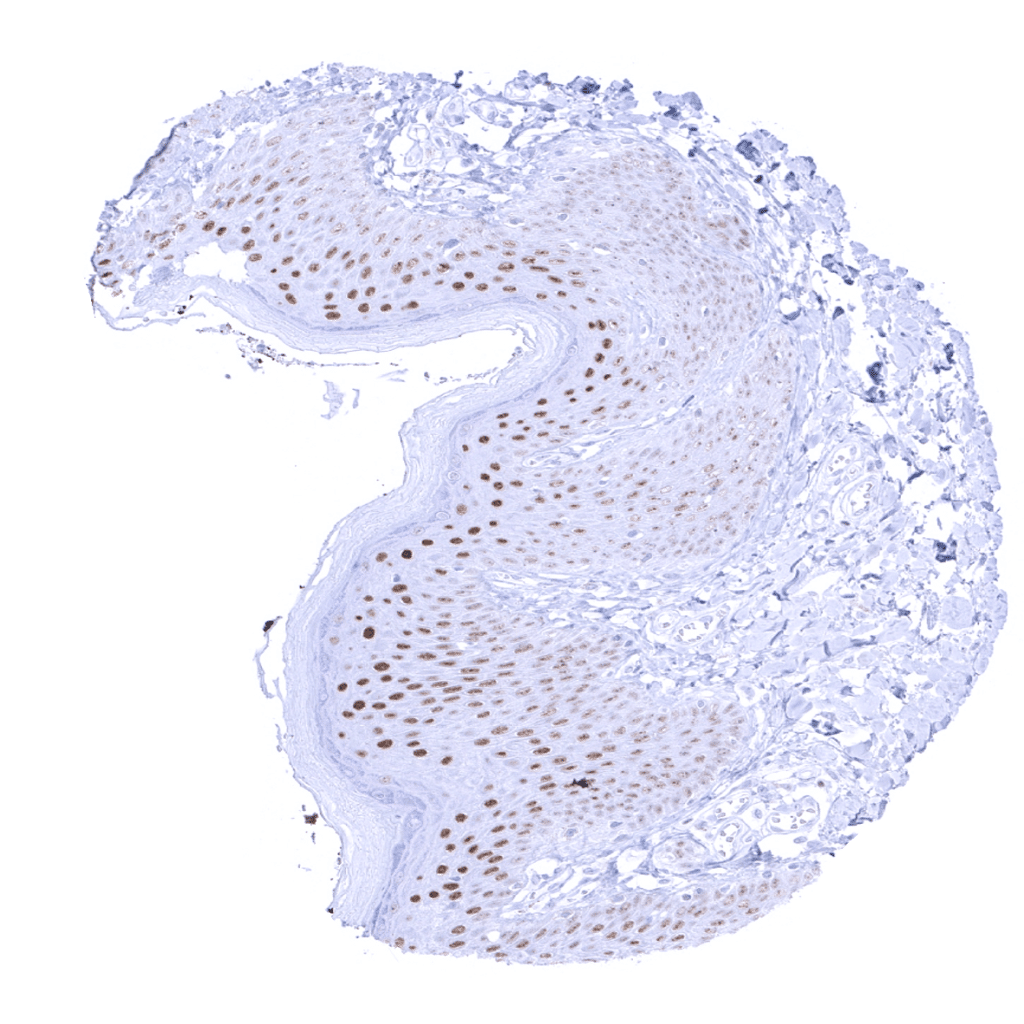
Skin - A moderate to strong GATA3 immunostaining is seen in the squamous epithelium of the skin. Strongest intensity occurs in the upper layers.
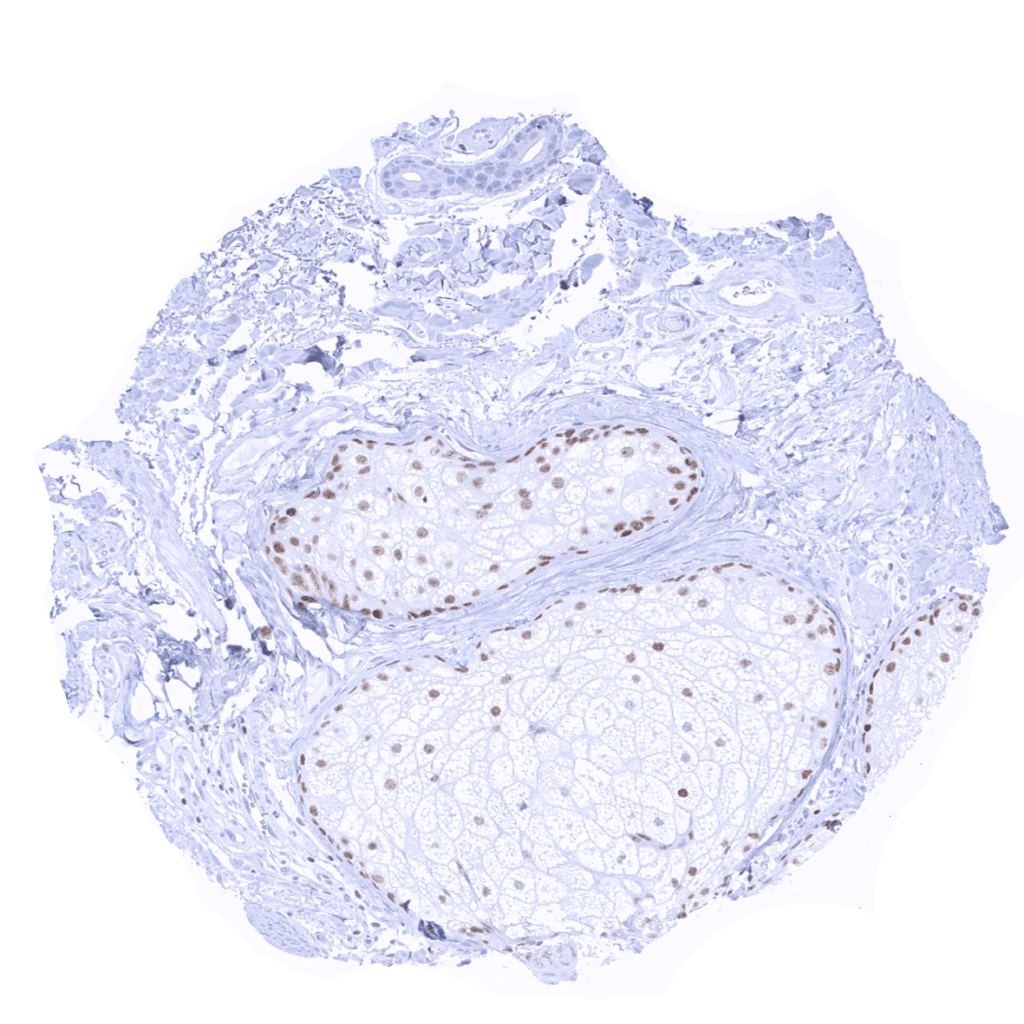
Skin, hairfollicel and sebaceous glands - A moderate to strong nuclear GATA3 immunostaining is seen in sebaceous glands.
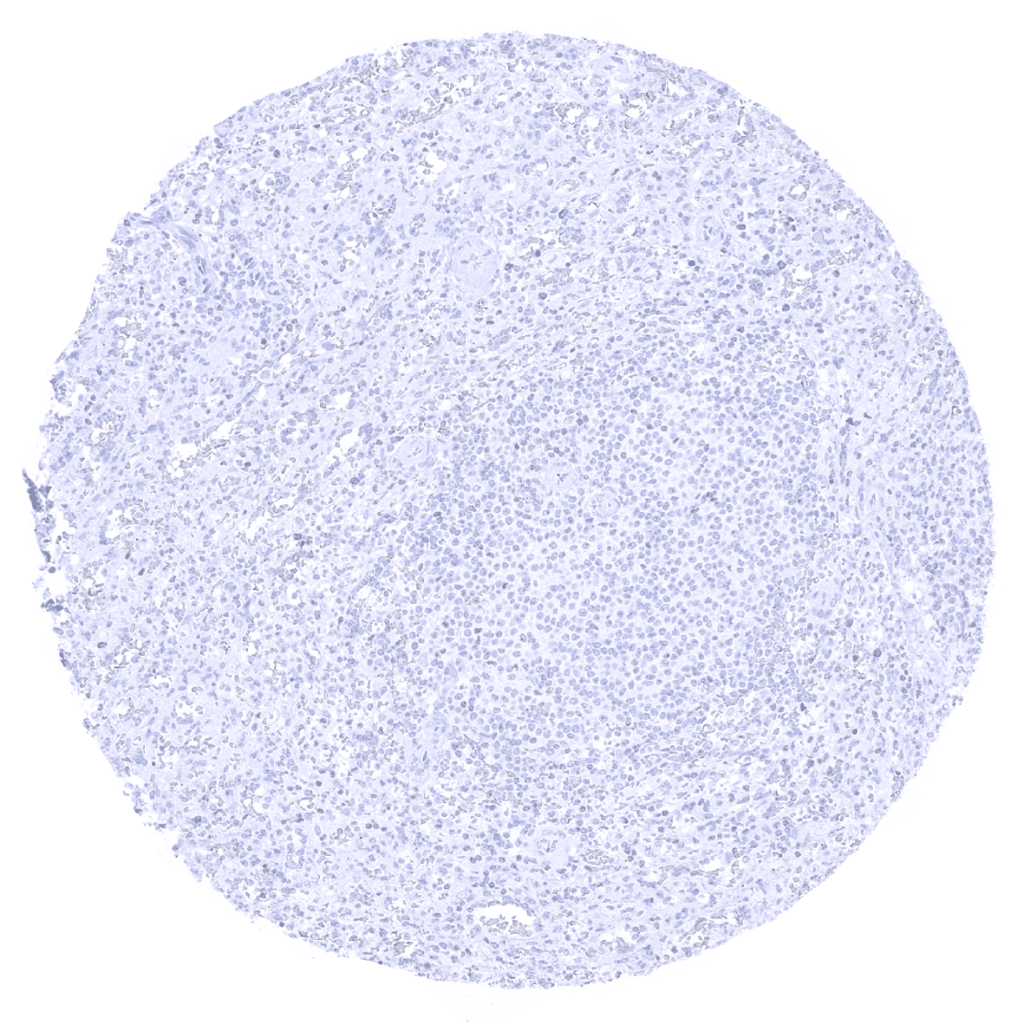
Spleen
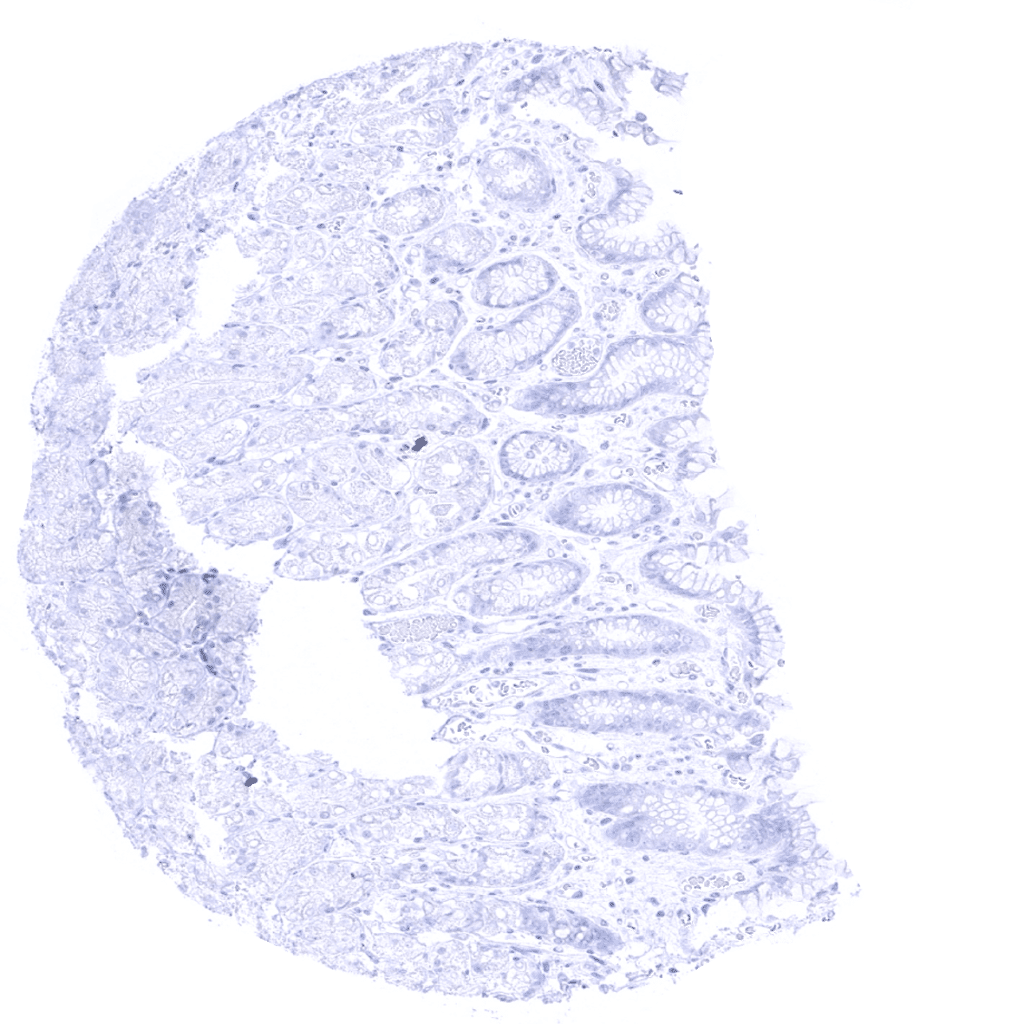
Stomach, antrum
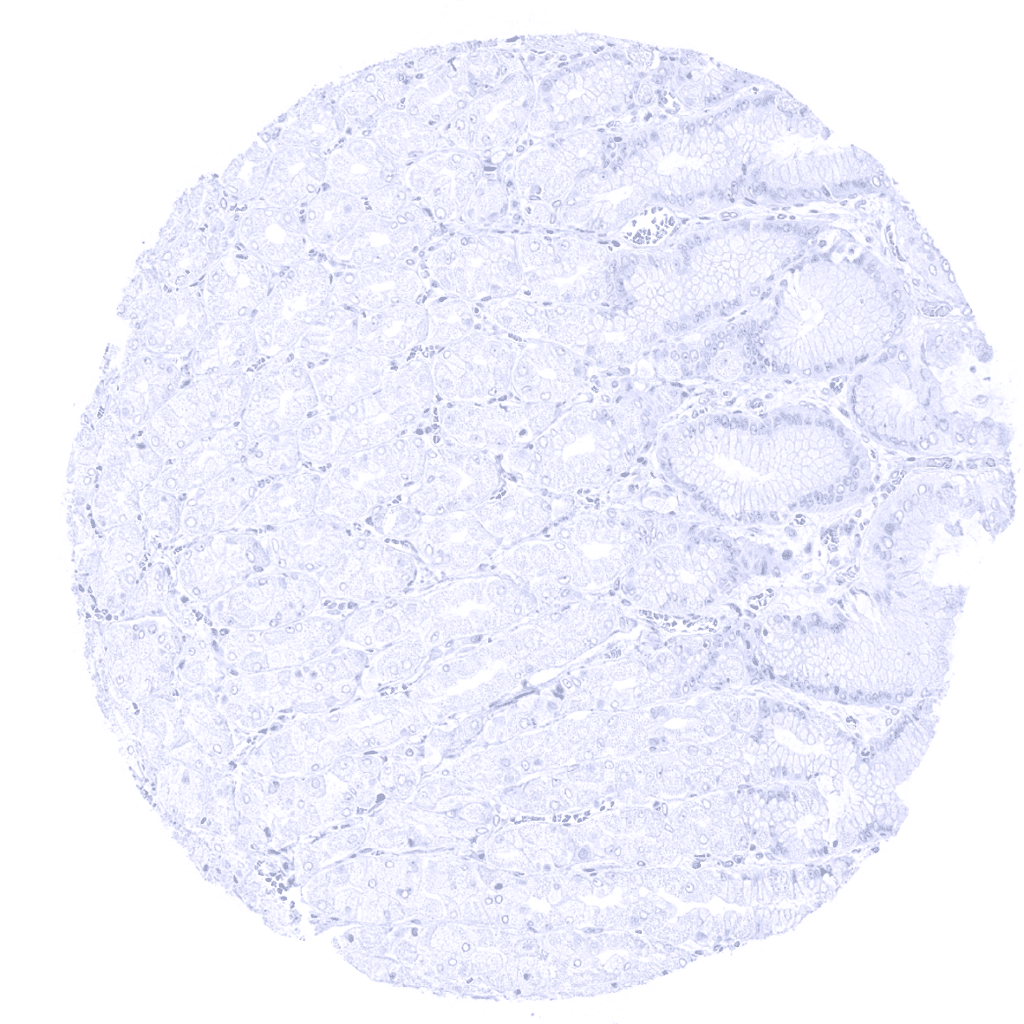
Stomach, corpus
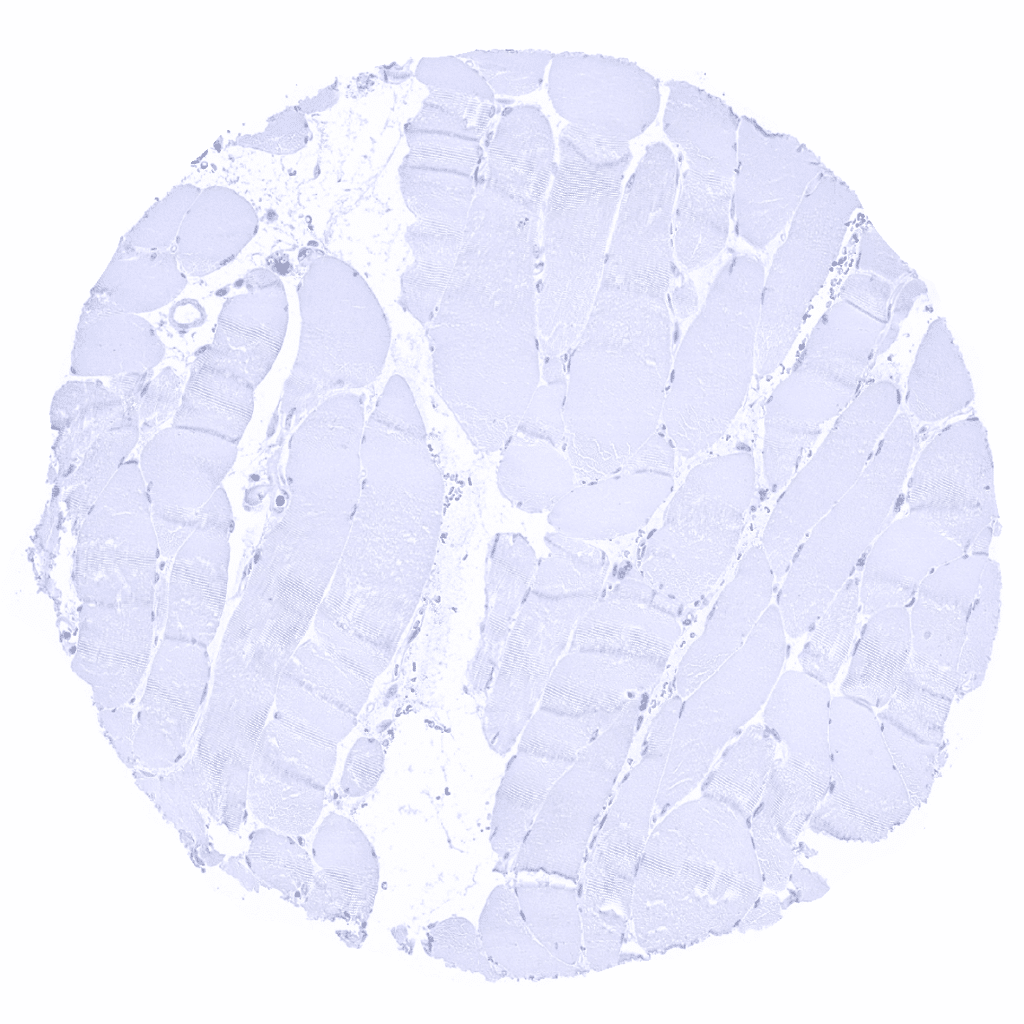
Striated muscle

Sublingual gland - A weak GATA3 positivity occurs in glandular cells of salivary glands.
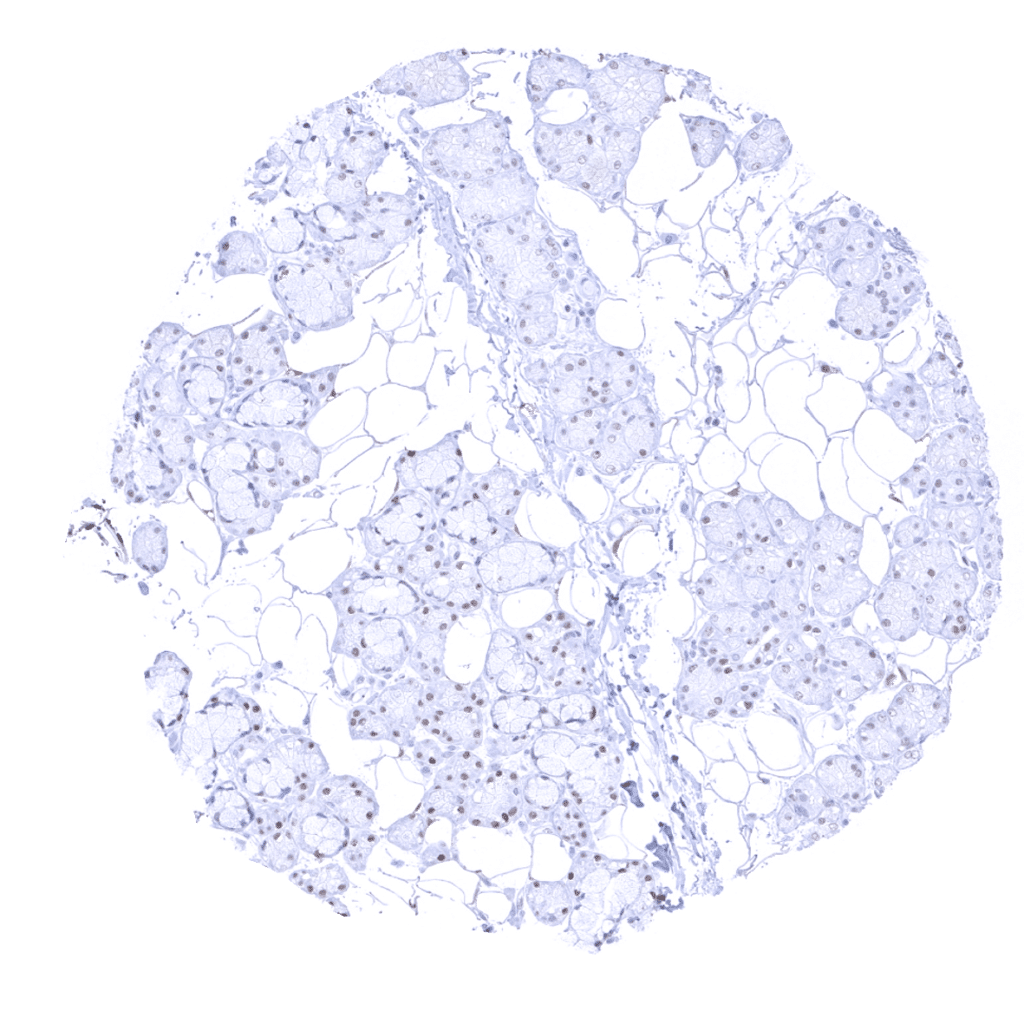
Submandibular gland - A weak GATA3 positivity occurs in glandular cells of salivary glands.
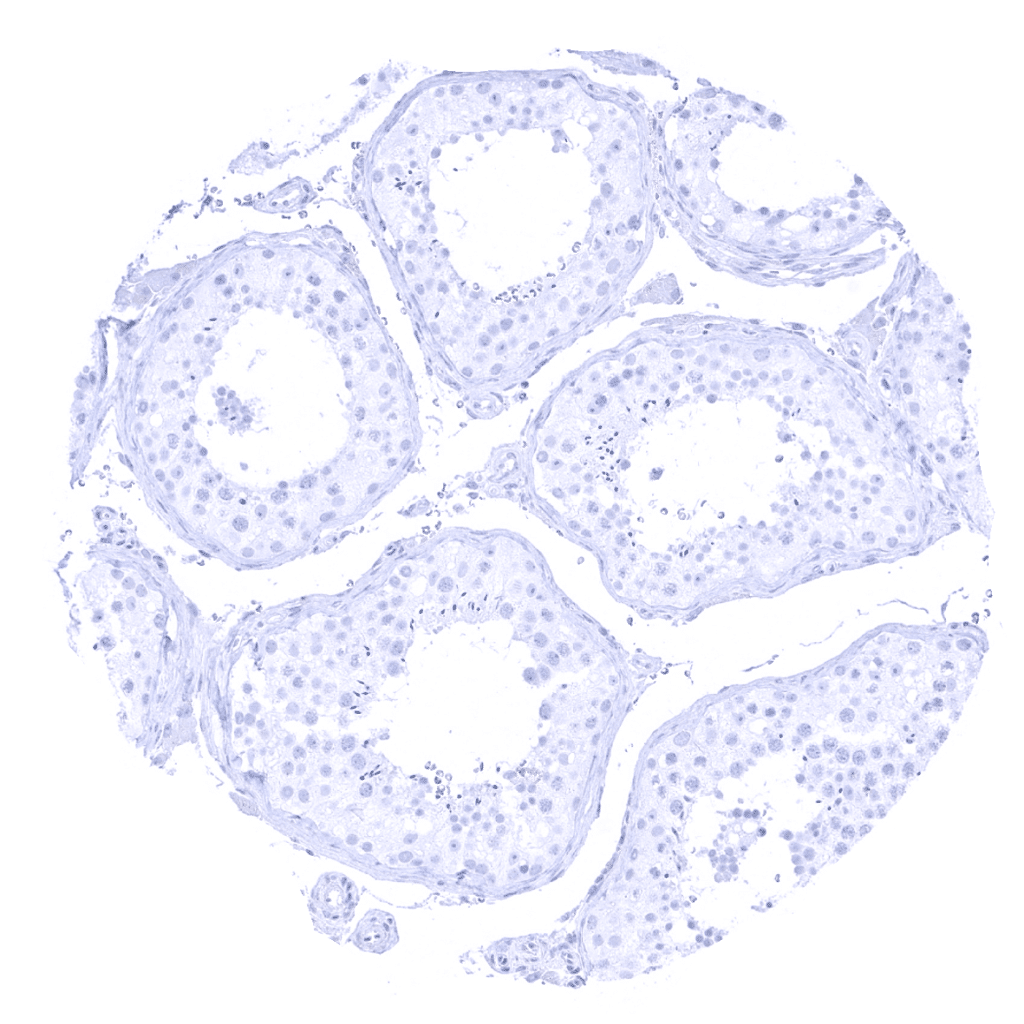
Testis
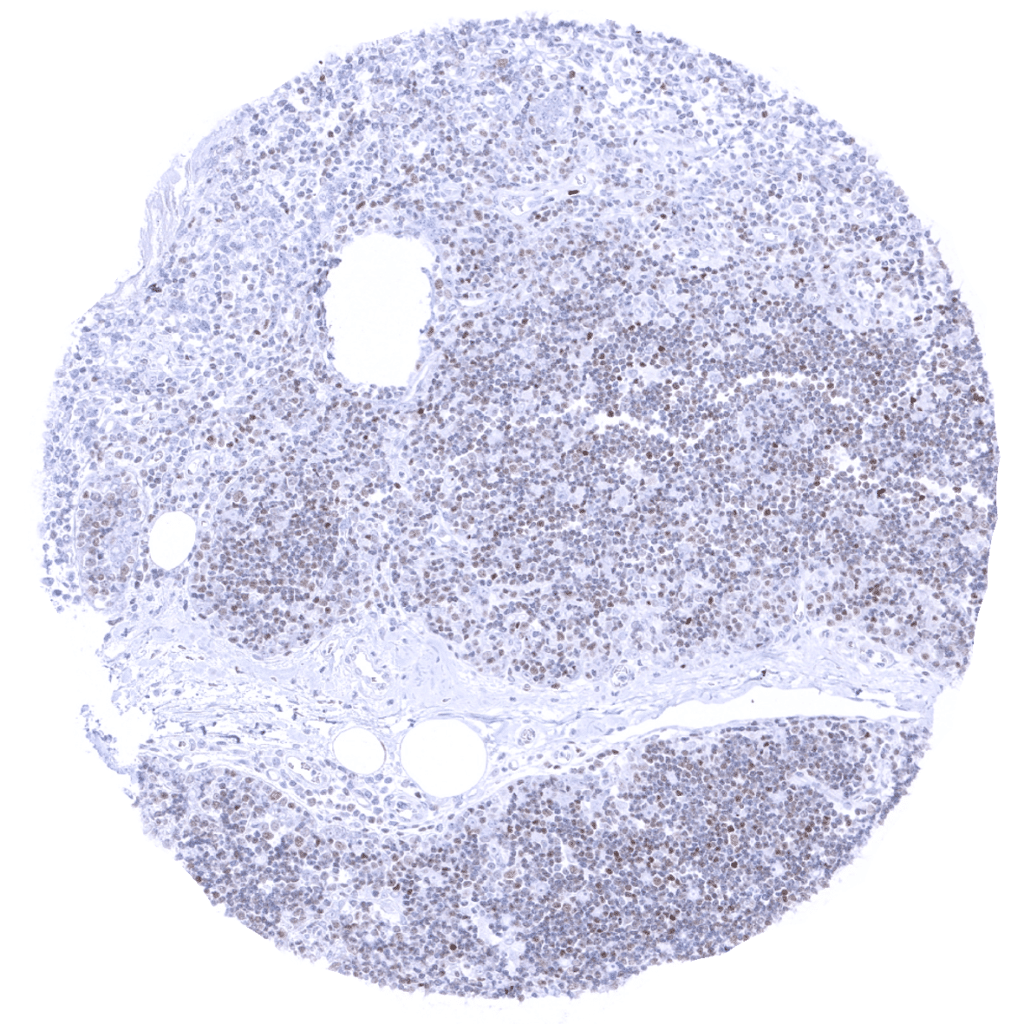
Thymus - GATA3 immunostaining is seen in a fraction of lymphocytes, especially in the thymus.
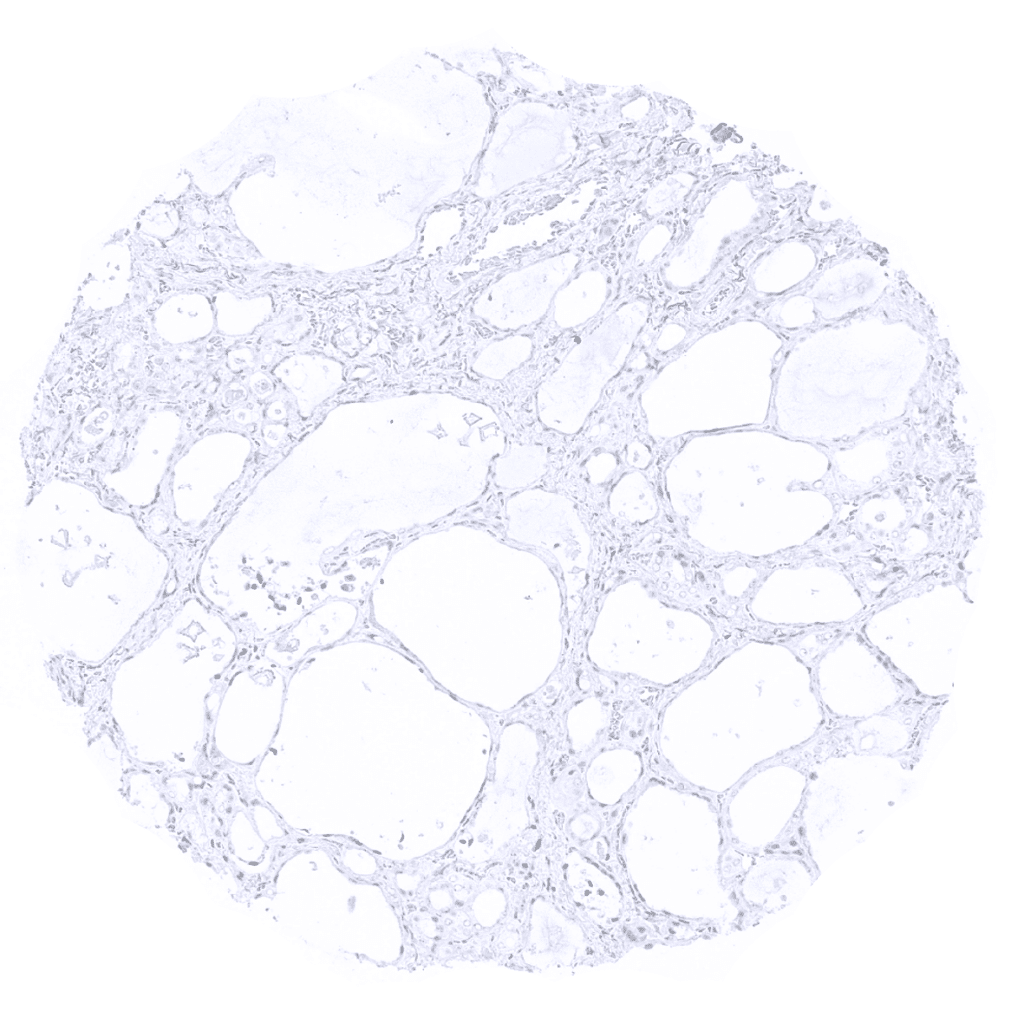
Thyroid gland
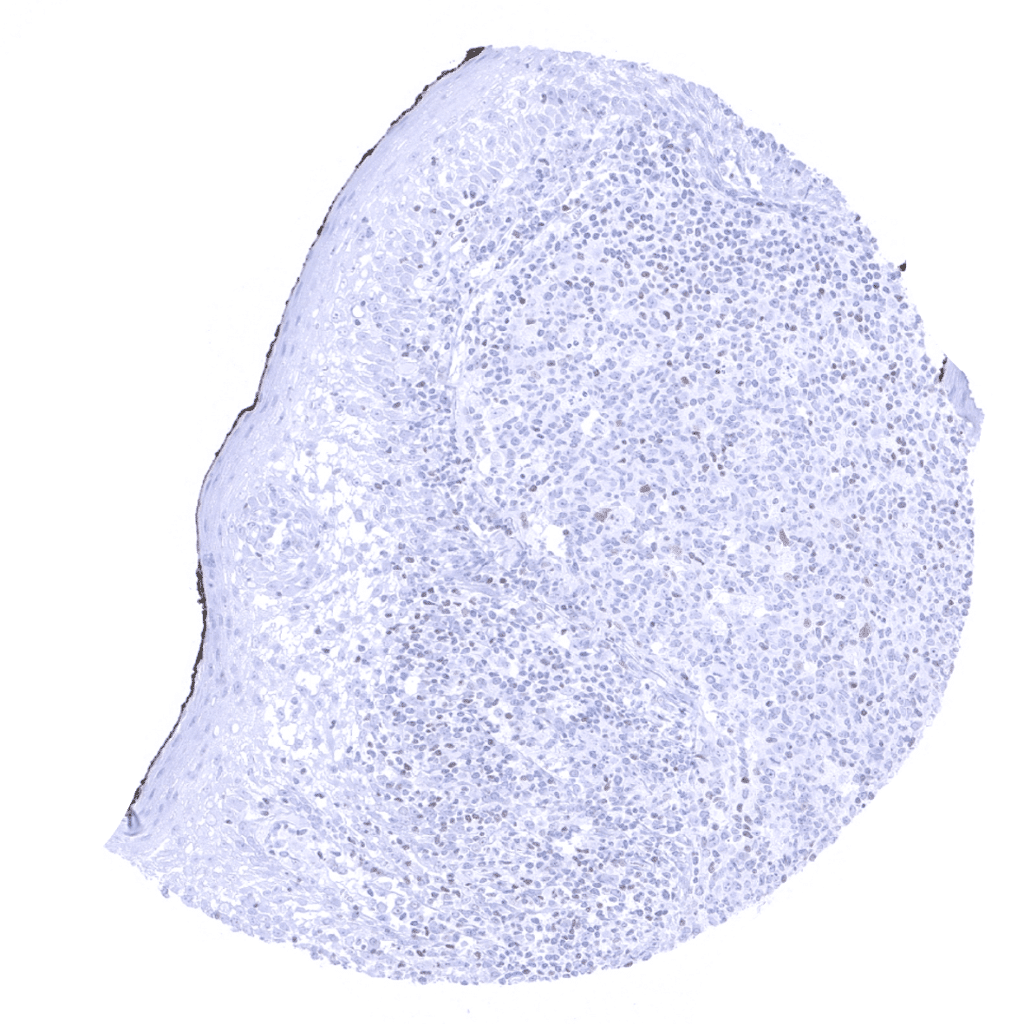
Tonsil, surface epithelium
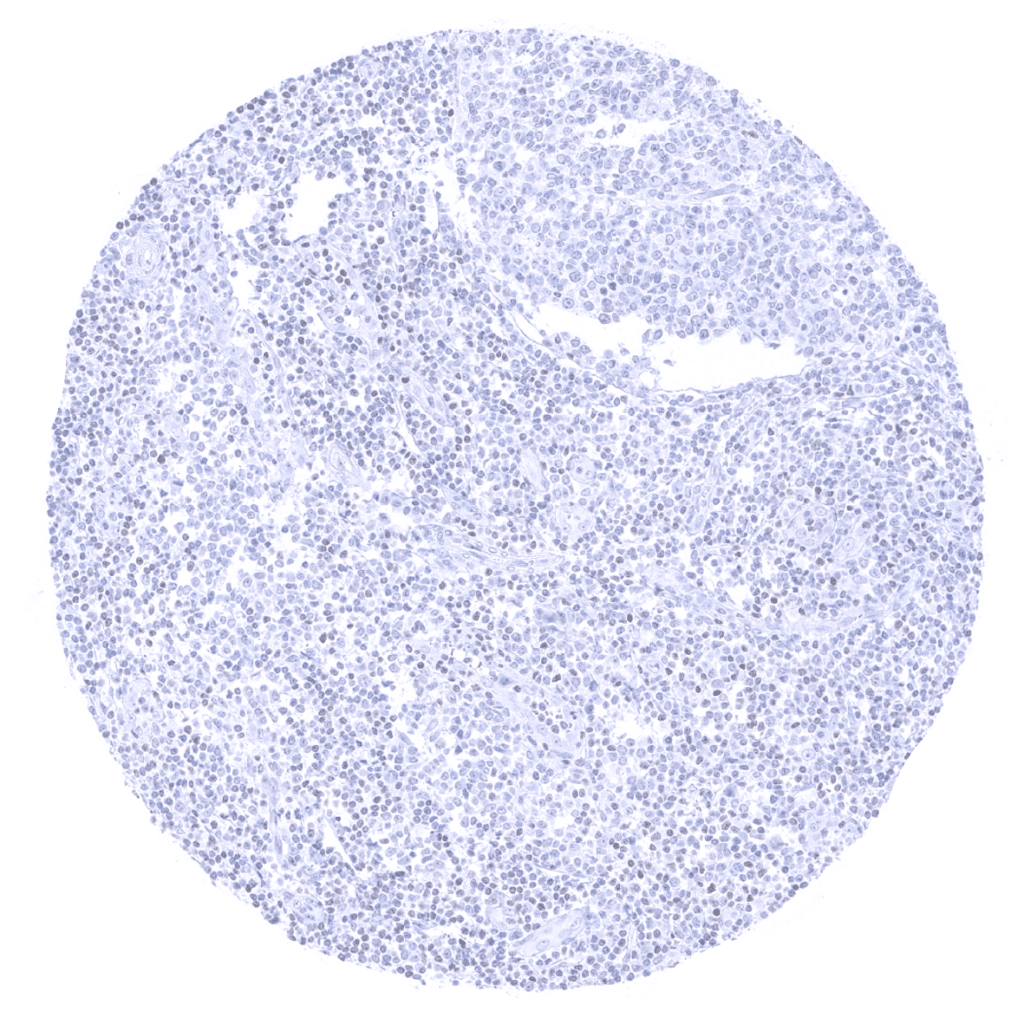
Tonsil
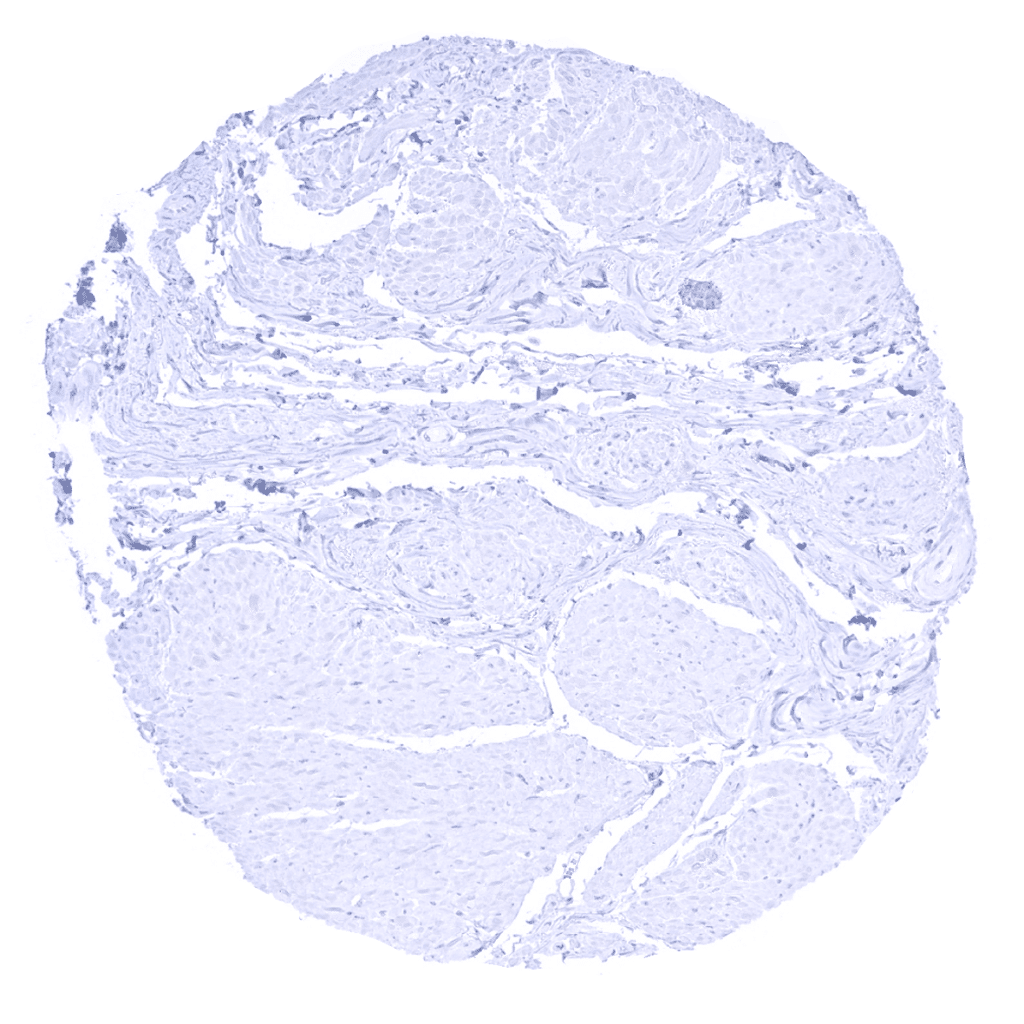
Urinary bladder, muscular wall
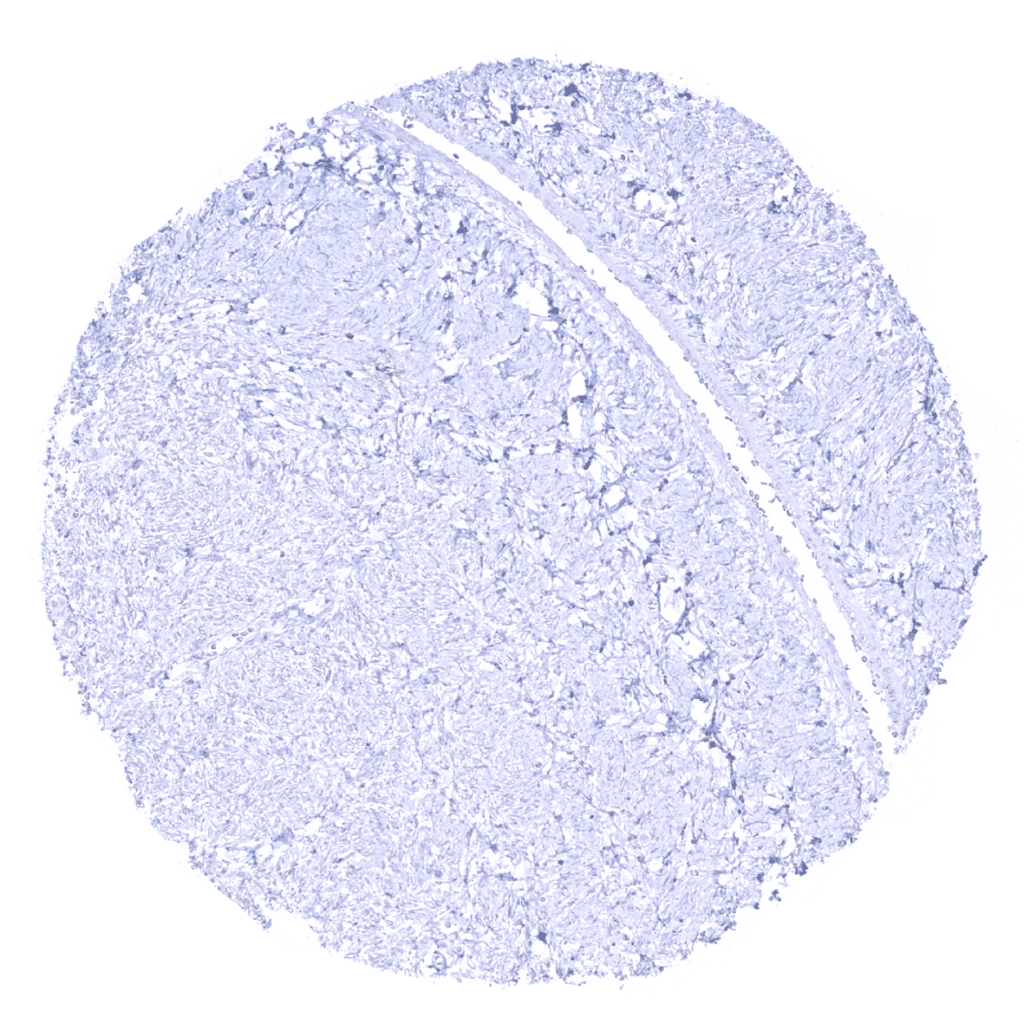
Ovary, stroma
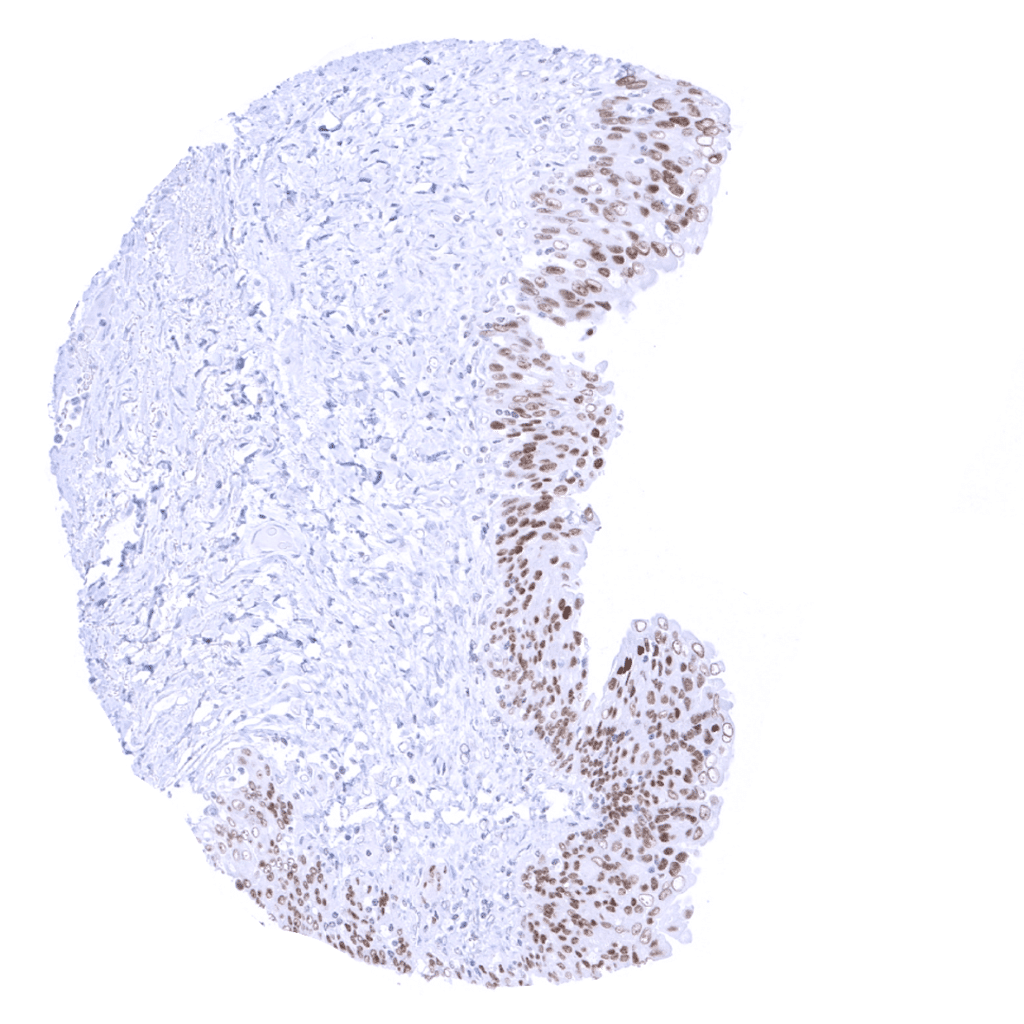
Urinary bladder, urothelium - A strong GATA3 positivity occurs in the urothelium.
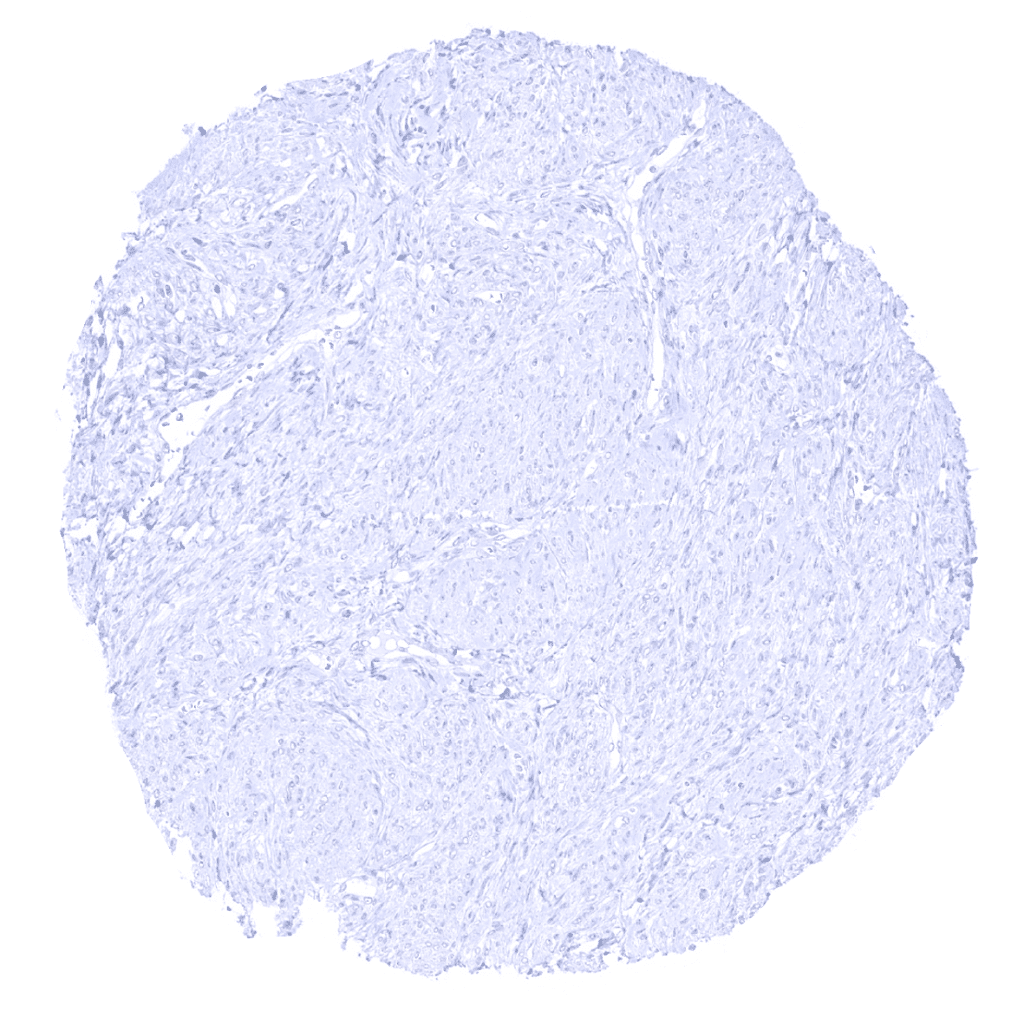
Uterus, myometrium
